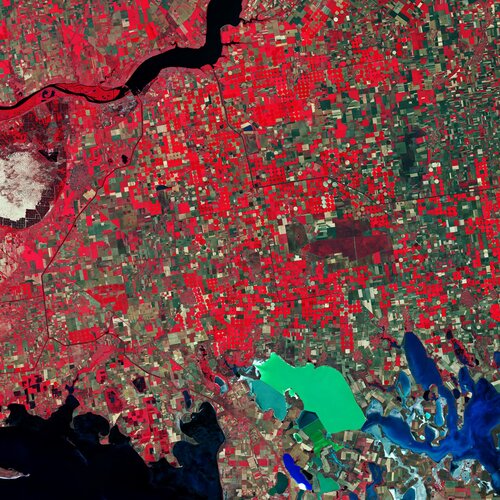ESA Observing the Earth 
zdroje zpráv:
Severe heatwaves putting lakes in hot water
24.2.2022 15:50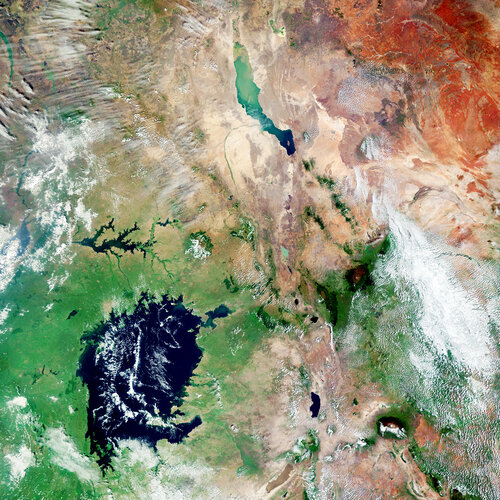
According to a new study, the world’s largest lakes are being hit by severe heatwaves six times as frequently as they were around two decades ago. Using data from ESA’s Climate Change Initiative, the study states that severe lake heatwaves are twice as likely to occur on average, compared to a pre-industrial climate.
Earth from Space: Tenerife, Canary Islands
18.2.2022 10:00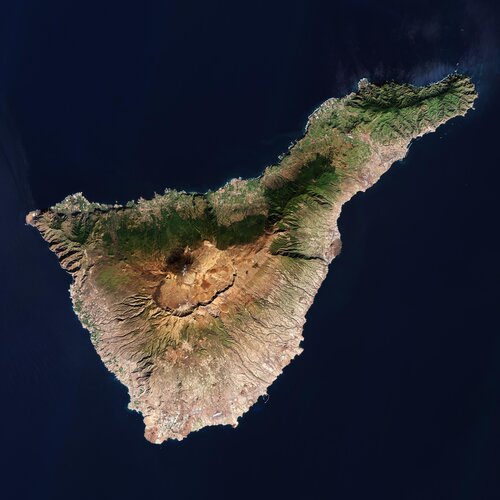
The Copernicus Sentinel-2 mission takes us over Tenerife – the largest of Spain’s Canary Islands.
Earth from Space: Tenerife, Canary Islands
18.2.2022 10:00
The Copernicus Sentinel-2 mission takes us over Tenerife – the largest of Spain’s Canary Islands.
Deep down temperature shifts give rise to eruptions
15.2.2022 16:25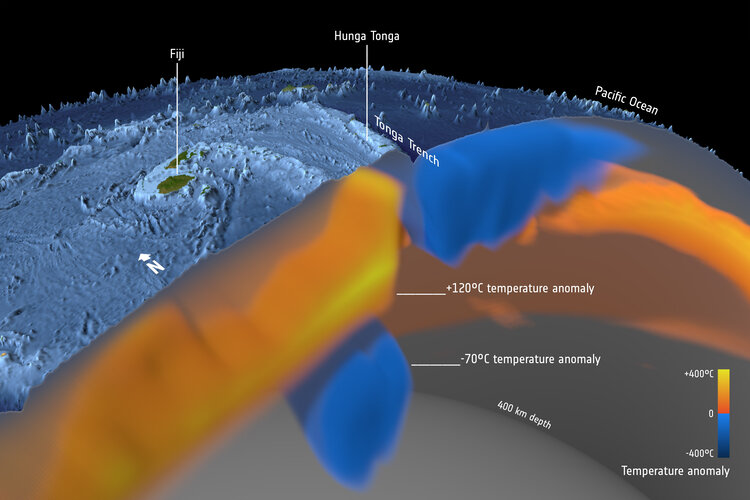
The astonishing force of the Tonga volcanic eruption shocked the world, but the fact that this underwater volcano actually erupted came as less of a surprise to geoscientists using satellite data to study changes in the temperature deep below Earth’s surface.
Earth from Space: Hereford, Texas
11.2.2022 10:00
Hereford, and its surrounding colourful patchwork of agricultural fields, is featured in this Copernicus Sentinel-2 image.
New research sums up sea-level rise
10.2.2022 11:43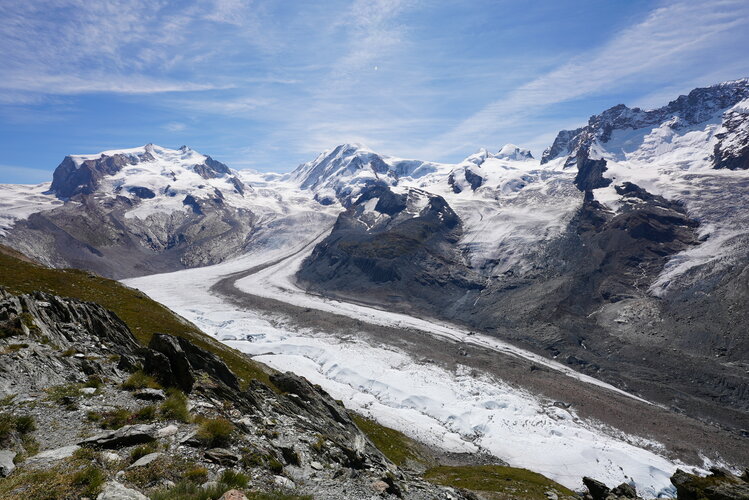
Sea-level rise is arguably one of the most serious consequences of the climate crisis. While using satellite data to monitor how the height of the sea is changing provides critical evidence for decision-making, satellites are also essential to measuring the individual components, such as seawater temperature and glacier melt, that contribute to the overall rise. Confidence in the accuracy of these separate measures is key. ESA-funded research now confirms that the figures match up.
ESA hosts new office to coordinate global climate modelling push
9.2.2022 9:55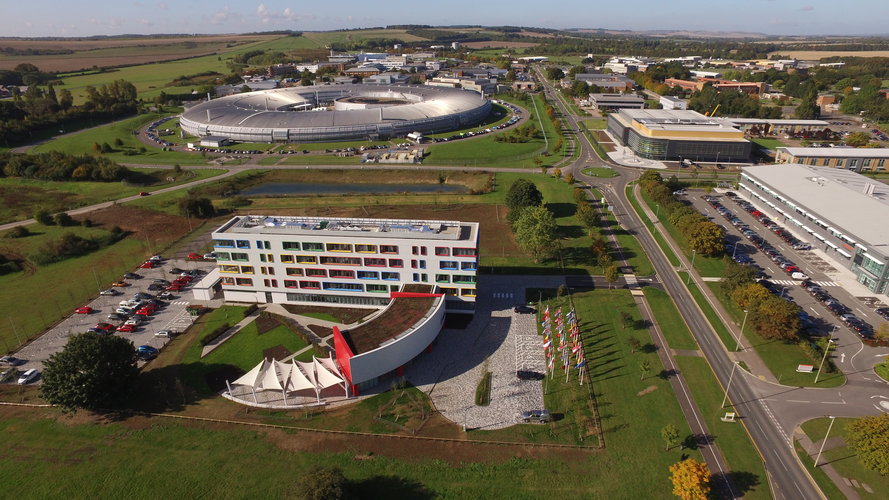
Climate models are an important tool for scientists to understand our past climate and provide projections of future change. As such, they are in increasing demand as part of efforts to avert global warming and reduce risks associated with environmental change. To meet this demand, the World Climate Research Programme will open a new international office in the United Kingdom on 1 March 2022 that will coordinate the programme’s Climate Model Intercomparison Project.
Monitoring crop health across the Netherlands
8.2.2022 17:19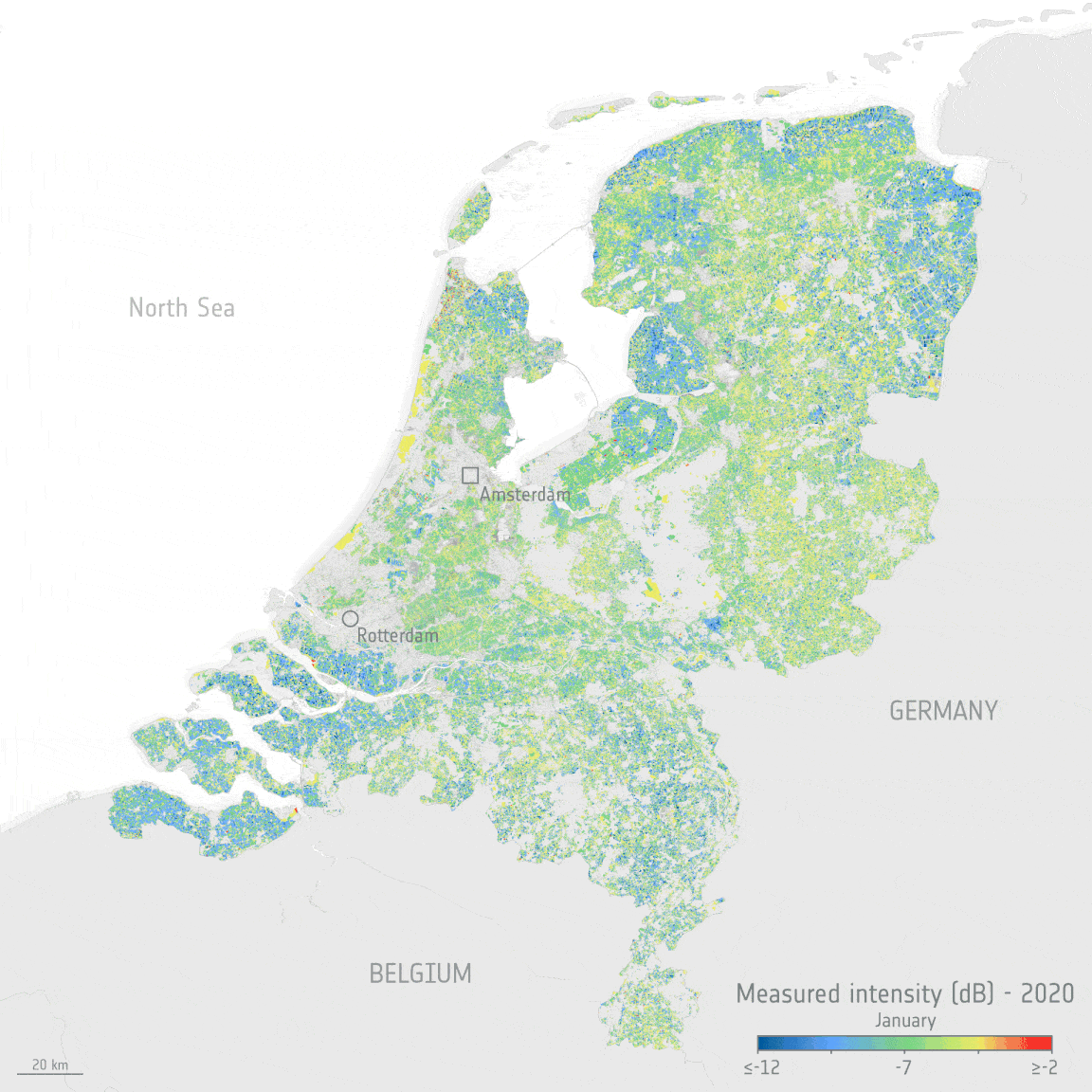
The Copernicus Sentinel satellite missions measure and image our planet in different ways to return a wealth of complementary information so that we can understand and track how our world is changing, and how to better manage our environment and resources. Thanks to the benefits of different types of data from two particular Copernicus Sentinel missions and an ingenious new dataset tool, people working in the agriculture sector, but who are not satellite data experts, can monitor the health and development of crops, right down to each crop in individual fields.
New eruption at Krakatoa Volcano
4.2.2022 11:36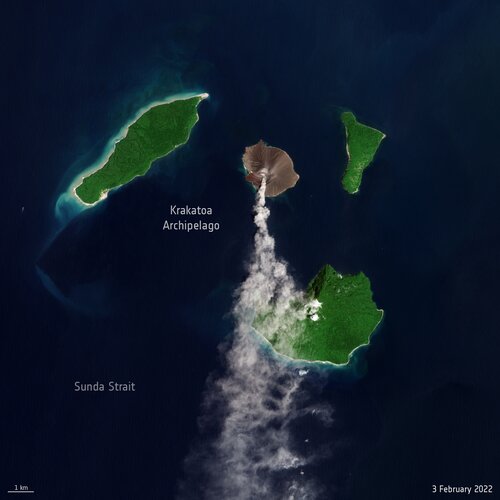 Image:
A new eruption started at the Anak Krakatoa volcano in Indonesia on 3 February 2022, as seen in this image captured by the Copernicus Sentinel-2 mission.
Image:
A new eruption started at the Anak Krakatoa volcano in Indonesia on 3 February 2022, as seen in this image captured by the Copernicus Sentinel-2 mission.
Earth from Space: Batura Glacier
4.2.2022 10:00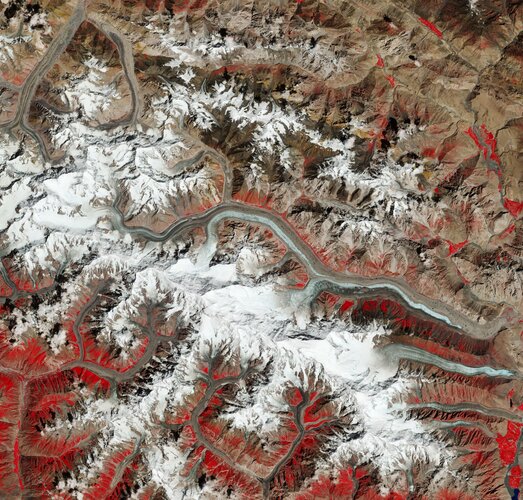
The Copernicus Sentinel-2 mission takes us over Batura Glacier – one of the largest and longest glaciers in the world, outside of the polar regions.
Get to grips with analysing climate data
31.1.2022 13:30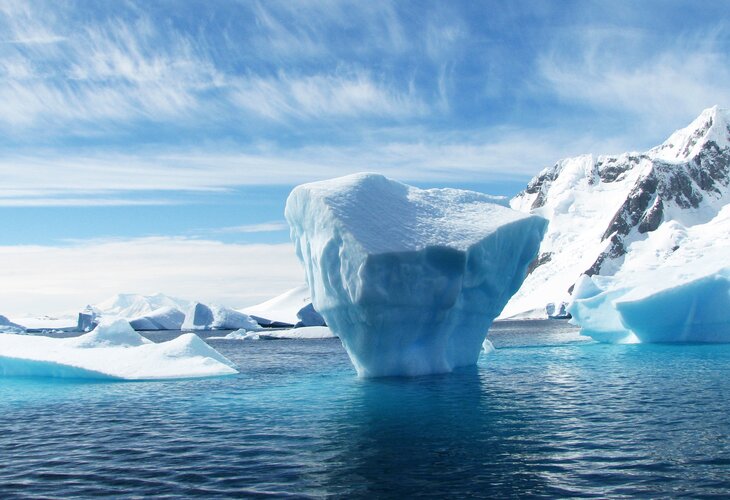
Satellites provide crucial, and increasingly important, information to help understand our changing climate. However, better understanding Earth observation data can be a daunting task for new users. A new online course, developed by the University of Twente, on behalf of ESA, helps students, researchers and other professionals analyse satellite data to help measure and mitigate against the effects of climate change.
Earth from Space: Lesotho
28.1.2022 10:00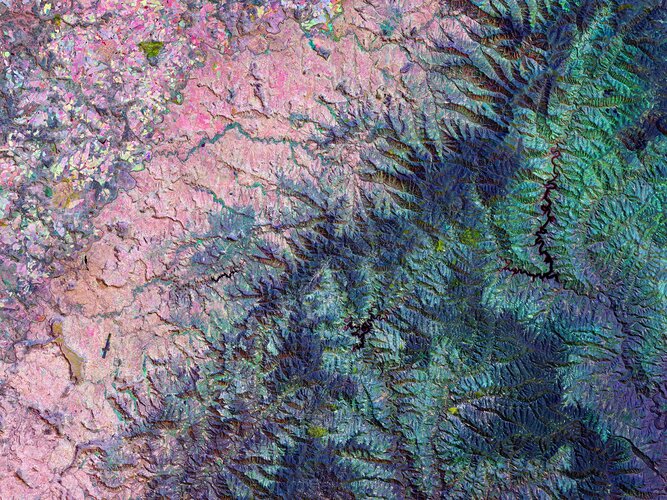
The Copernicus Sentinel-2 mission takes us over northwest Lesotho – a small, land-locked country surrounded entirely by South Africa.
Permafrost thaw: it’s complicated
27.1.2022 16:00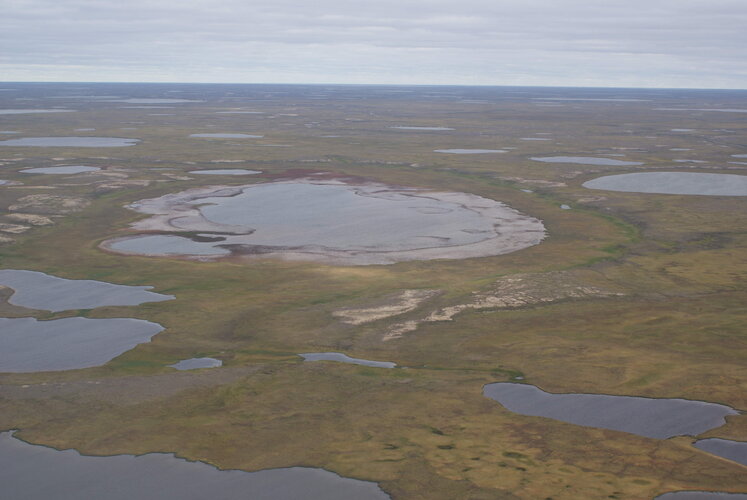
One of the many serious consequences of the climate crisis is that precious permafrost is thawing, and this is unleashing even more carbon to the atmosphere and further exacerbating climate change. However, it’s complicated. For example, sometimes permafrost can thaw rapidly and scientists are unsure why and what these abrupt thaws mean in terms of feedback loops. This makes it difficult to predict the future impact on the climate. Thanks to an ESA–NASA initiative, new research digs deep into understanding the complexities of permafrost thaw and how carbon is released over time.
Athens under snow
26.1.2022 16:00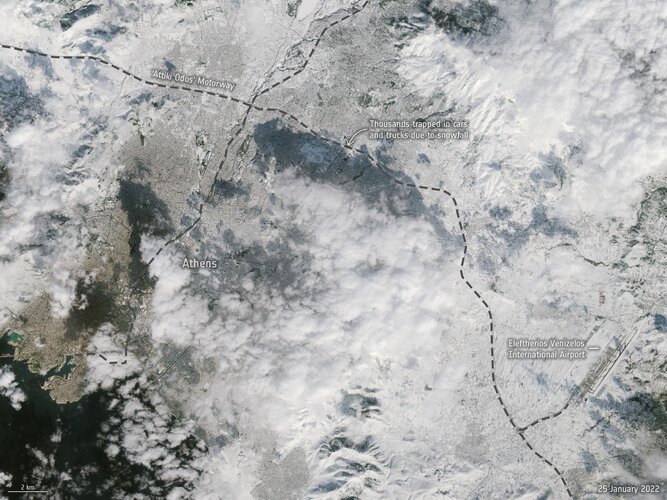 Image:
An unusual snowstorm has blanketed parts of Turkey and Greece, causing power cuts and chaos on the roads and flight cancellations. Two images from Copernicus Sentinel-2 show Athens:before and after the snowstorm.
Image:
An unusual snowstorm has blanketed parts of Turkey and Greece, causing power cuts and chaos on the roads and flight cancellations. Two images from Copernicus Sentinel-2 show Athens:before and after the snowstorm.
Athens under snow
26.1.2022 16:00 Image:
An unusual snowstorm has blanketed parts of Turkey and Greece, causing power cuts and chaos on the roads and flight cancellations. Two images from Copernicus Sentinel-2 show Athens before and after the snowstorm.
Image:
An unusual snowstorm has blanketed parts of Turkey and Greece, causing power cuts and chaos on the roads and flight cancellations. Two images from Copernicus Sentinel-2 show Athens before and after the snowstorm.
ESA supports the White House on greenhouse gas monitoring
24.1.2022 14:50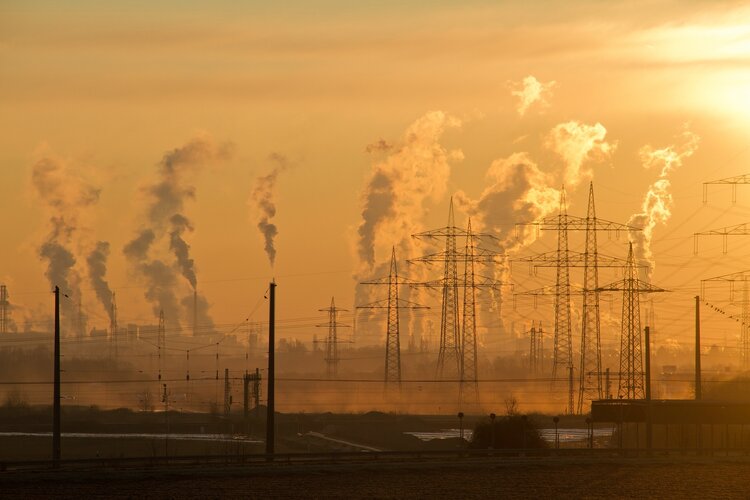
When Joe Biden was inaugurated as President one year ago, he fulfilled his promise to rejoin the Paris Agreement and set a course for the US to tackle the climate crisis by supporting global efforts to limit global warming. ESA recently joined the President’s Council of Advisors on Science and Technology by public video link to share European plans and expertise on measuring carbon dioxide and methane from space.
Earth from Space: Mecklenburg–West Pomerania, Germany
21.1.2022 10:00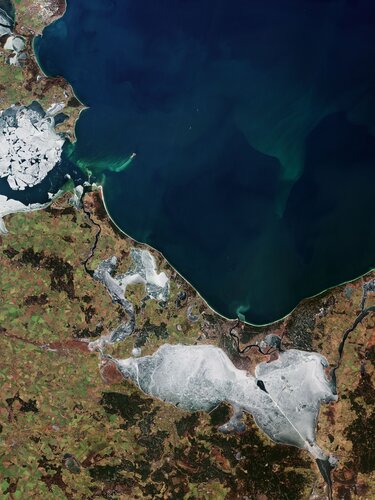
Part of Mecklenburg–West Pomerania, also known as Mecklenburg-Vorpommern, a state in northeast Germany is featured in this image captured by the Copernicus Sentinel-2 mission. A portion of the northwest coast of Poland can be seen in the right of the image.
Sulphur dioxide from Tonga eruption spreads over Australia
20.1.2022 11:54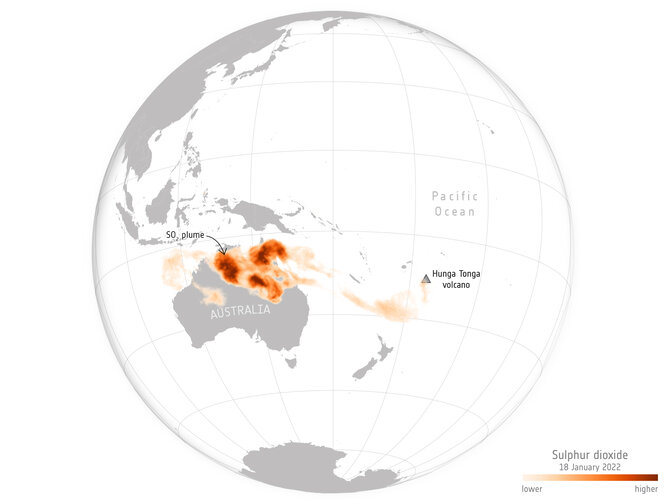 Image:
Sulphur dioxide from Tonga eruption spreads over Australia
Image:
Sulphur dioxide from Tonga eruption spreads over Australia
Sulphur dioxide from Tonga eruption spreads over Australia
20.1.2022 11:54 Image:
The Hunga-Tonga-Hunga-Ha'apai volcano near Tonga in the South Pacific erupted with such force on 15 January that it is thought to be the biggest eruption recorded anywhere on the planet in 30 years.
Image:
The Hunga-Tonga-Hunga-Ha'apai volcano near Tonga in the South Pacific erupted with such force on 15 January that it is thought to be the biggest eruption recorded anywhere on the planet in 30 years.
Mega iceberg released 152 billion tonnes of freshwater
20.1.2022 10:00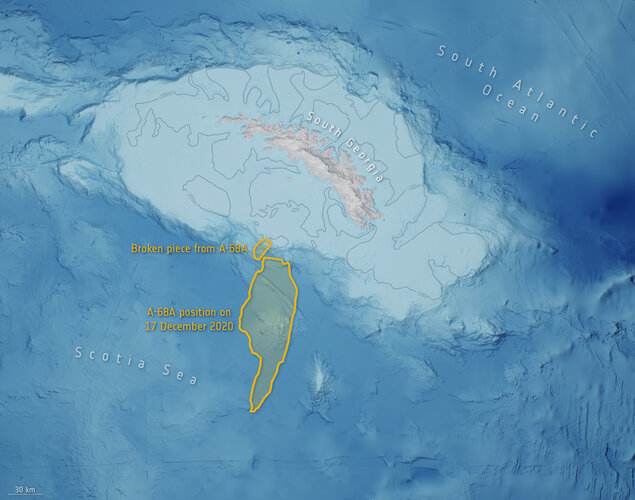
In July 2017, a giant iceberg, named A-68, snapped off Antarctica’s Larsen-C ice shelf and began an epic journey across the Southern Ocean. Three and a half years later, the main part of iceberg, A-68A, drifted worryingly close to South Georgia. Concerns were that the berg would run aground in the shallow waters offshore. This would not only cause damage to the seafloor ecosystem but also make it difficult for island wildlife, such as penguins, to make their way to the sea to feed. Using measurements from satellites, scientists have charted how A-68A shrunk towards the end of its voyage, which fortunately prevented it from getting stuck. However, the downside is that it released a colossal 152 billion tonnes of freshwater close to the island, potentially having a profound effect on the island’s marine life.
Earth from Space: Kangerlussuaq Glacier
14.1.2022 10:00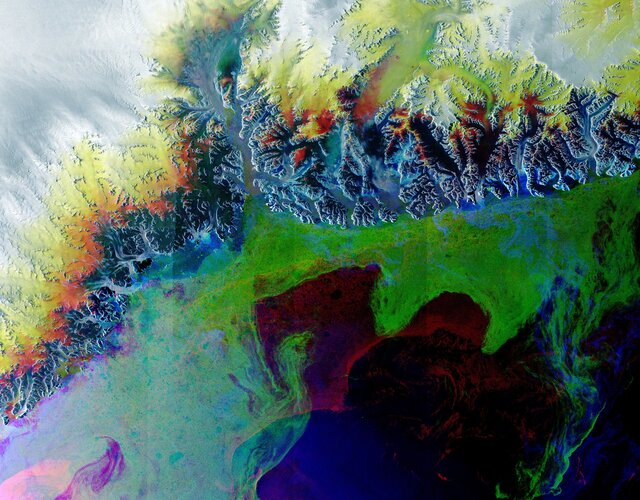
The Kangerlussuaq Glacier, one of Greenland’s largest tidewater outlet glaciers, is pictured in this false-colour image captured by the Copernicus Sentinel-1 mission. Meaning ‘large fjord’ in Greenlandic, the Kangerlussuaq Glacier flows into the head of the Kangerlussuaq Fjord, the second largest fjord in east Greenland.
Ride into space on Vega-C secured for FLEX and Altius
11.1.2022 10:00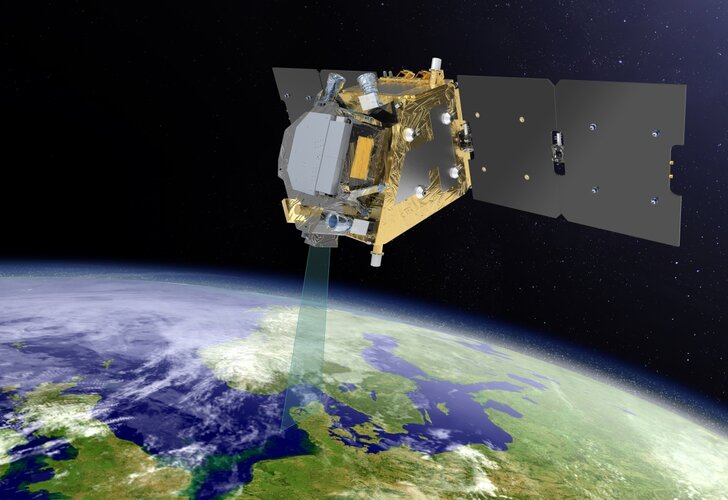
A contract signed with Arianespace secures the joint launch for two satellites that will further knowledge of our home planet. Scheduled to lift off on a new class of rocket, ESA’s Vega-C, from Europe’s Spaceport in mid-2025, FLEX will yield new information about the health of the world’s plants and Altius will deliver profiles of ozone and other trace gases in the upper atmosphere to support services such as weather forecasting.
Ride into space on Vega-C secured for FLEX and Altius
11.1.2022 10:00
A contract signed with Arianespace secures the joint launch for two satellites that will further knowledge of our home planet. Scheduled to lift off on a new class of rocket, ESA’s Vega-C, from Europe’s Spaceport in mid-2025, FLEX will yield new information about the health of the world’s plants and Altius will deliver profiles of ozone and other trace gases in the upper atmosphere to support services such as weather forecasting.
Earth from Space: Kourou, French Guiana
17.12.2021 10:00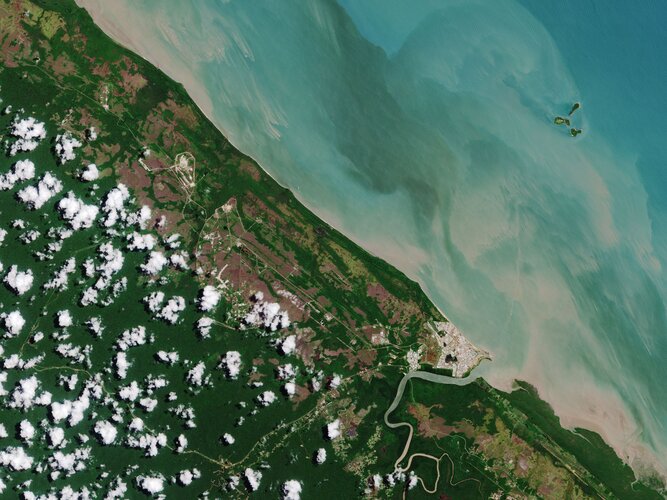
Ahead of the upcoming Ariane 5 launch of the James Webb Space Telescope, the Copernicus Sentinel-2 mission takes us over Kourou – home to Europe’s Spaceport in French Guiana, an overseas department of France.
Earth from Space: Kourou, French Guiana
17.12.2021 10:00
Ahead of the upcoming Ariane 5 launch of the James Webb Space Telescope, the Copernicus Sentinel-2 mission takes us over Kourou – home to Europe’s Spaceport in French Guiana, an overseas department of France.
Kitesurfing the white wilderness for science
16.12.2021 11:40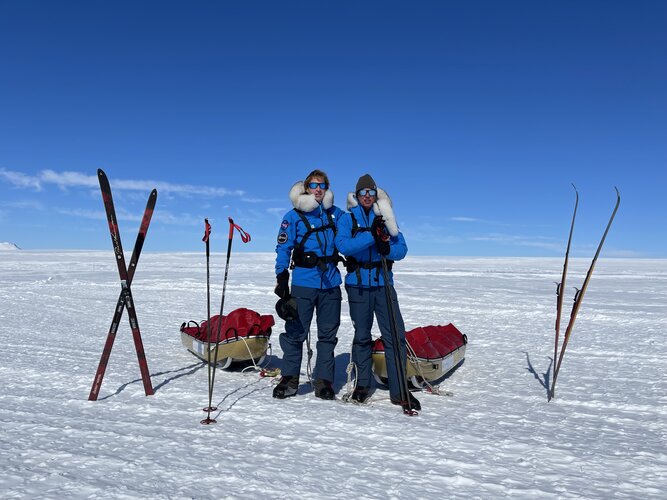
In an astonishing feat of endurance, explorers Justin Packshaw and Jamie Facer Childs are a quarter of the way through a 3600-km kitesurf trek that takes them across the desolate heart of Antarctica. They are not pushing their physical and mental limits to the brink, facing howling gales and temperatures of –55°C just for the sake of adventure. They are gathering information to help scientists better understand how the body responds to extremes and taking unique measurements of their ice environment that will help complement ESA’s CryoSat mission to better understand how this giant ice sheet is evolving in response to climate change.
Kitesurfing the white wilderness for polar science
16.12.2021 11:40
In an astonishing feat of endurance, explorers Justin Packshaw and Jamie Facer Childs are a quarter of the way through a 3600-km kitesurf trek that takes them across the desolate heart of Antarctica. They are not pushing their physical and mental limits to the brink, facing howling gales and temperatures of –55°C just for the sake of adventure. They are gathering information to help scientists better understand how the body responds to extremes and taking unique measurements of their ice environment that will help complement ESA’s CryoSat mission to better understand how this giant ice sheet is evolving in response to climate change.
Kitesurfing the white wilderness for polar science
16.12.2021 11:40
In an astonishing feat of endurance, explorers Justin Packshaw and Jamie Facer Childs are a quarter of the way through a 3600-km kitesurf trek that takes them across the desolate heart of Antarctica. They are not pushing their physical and mental limits to the brink, facing howling gales and temperatures of –55°C just for the sake of adventure. They are gathering information to help scientists better understand how the body responds to extremes and taking unique measurements of their ice environment that will help complement ESA’s CryoSat mission to better understand how this giant ice sheet is evolving in response to climate change.
Swarm and Cluster get to the bottom of geomagnetic storms
15.12.2021 17:10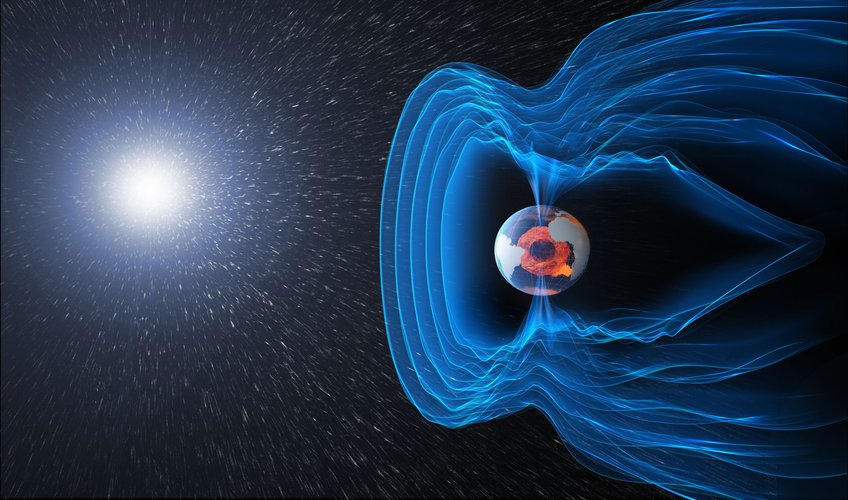
The notion of living in a bubble is usually associated with negative connotations, but all life on Earth is dependent on the safe bubble created by our magnetic field. Understanding how the field is generated, how it protects us and how it sometimes gives way to charged particles from the solar wind is not just a matter of scientific interest, but also a matter of safety. Using information from ESA’s Cluster and Swarm missions along with measurements from the ground, scientists have, for the first time, been able to confirm that curiously named bursty bulk flows are directly connected to abrupt changes in the magnetic field near Earth’s surface, which can cause damage to pipelines and electrical power lines.
Swarm and Cluster get to the bottom of geomagnetic storms
15.12.2021 17:10
The notion of living in a bubble is usually associated with negative connotations, but all life on Earth is dependent on the safe bubble created by our magnetic field. Understanding how the field is generated, how it protects us and how it sometimes gives way to charged particles from the solar wind is not just a matter of scientific interest, but also a matter of safety. Using information from ESA’s Cluster and Swarm missions along with measurements from the ground, scientists have, for the first time, been able to confirm that curiously named bursty bulk flows are directly connected to abrupt changes in the magnetic field near Earth’s surface, which can cause damage to pipelines and electrical power lines.
Aeolus paves the way for future wind lidars in space
14.12.2021 16:35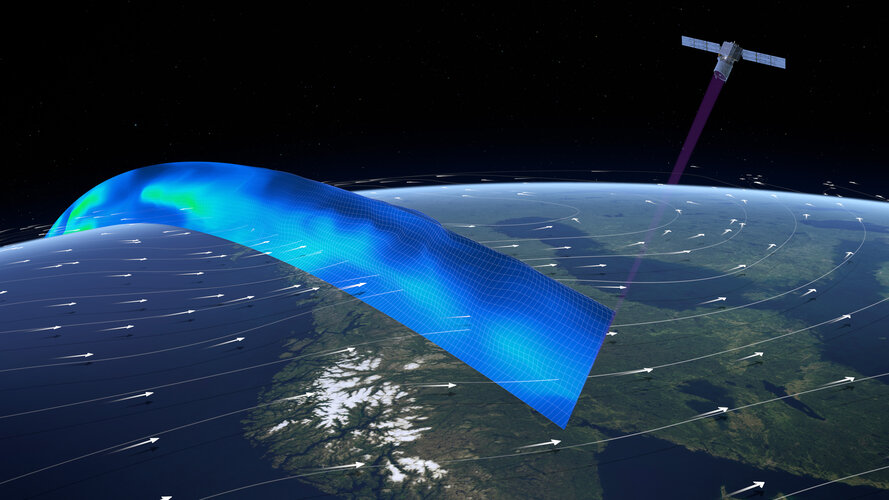
It’s hard to believe that ESA’s Aeolus wind mission has now been orbiting Earth for three years and, remarkably, exceeded its design life milestone. Aeolus has gone way further than its original goal of demonstrating that ground-breaking laser technology can deliver global profiles of the wind; its data are being distributed to weather forecasting services across the world in less than three hours of measurements being made in space. Moreover, Aeolus has laid the foundation for future Doppler wind lidar satellite missions.
Aeolus paves the way for future wind lidars in space
14.12.2021 16:35
It’s hard to believe that ESA’s Aeolus wind mission has now been orbiting Earth for three years and, remarkably, exceeded its design life milestone. Aeolus has gone way further than its original goal of demonstrating that ground-breaking laser technology can deliver global profiles of the wind; its data are being distributed to weather forecasting services across the world in less than three hours of measurements being made in space. Moreover, Aeolus has laid the foundation for future Doppler wind lidar satellite missions.
Contract signed to build Scout CubeMAP
10.12.2021 11:07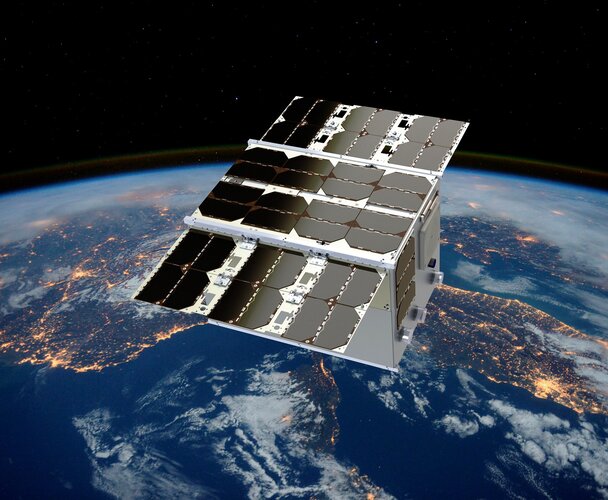
ESA has signed a contract with GomSpace to build the Scout CubeMAP mission. Embracing the concept of New Space, CubeMAP is a trio of nanosatellites to help quantify atmospheric processes in the upper atmosphere and how they impact our climate. The constellation will measure water vapour, carbon dioxide, methane, ozone, nitrous oxide and aerosols – all of which play a key role in the greenhouse effect and climate change.
Contract signed to build Scout CubeMAP
10.12.2021 11:07
ESA has signed a contract with GomSpace to build the Scout CubeMAP mission. Embracing the concept of New Space, CubeMAP is a trio of nanosatellites to help quantify atmospheric processes in the upper atmosphere and how they impact our climate. The constellation will measure water vapour, carbon dioxide, methane, ozone, nitrous oxide and aerosols – all of which play a key role in the greenhouse effect and climate change.
Earth from Space: Fairbanks, Alaska
10.12.2021 10:00
The city of Fairbanks, the largest city in the Interior region of Alaska, and its surroundings, are featured in this Copernicus Sentinel-2 image.
Earth from Space: White Nile, Sudan
3.12.2021 10:00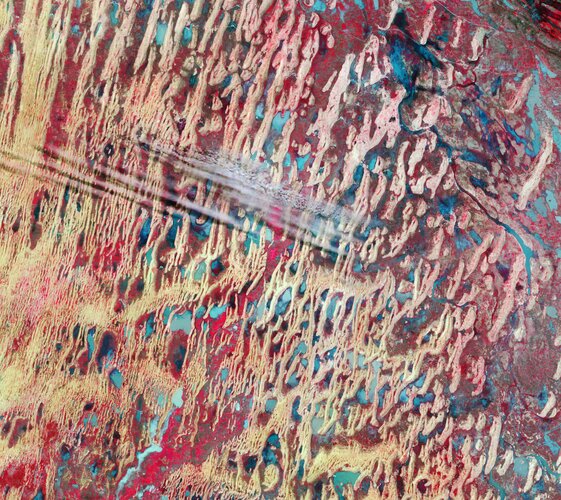
A part of the White Nile state in Sudan is featured in this false-colour image captured by the Copernicus Sentinel-2 mission.
Earth from Space: White Nile, Sudan
3.12.2021 10:00
A part of the White Nile state in Sudan is featured in this false-colour image captured by the Copernicus Sentinel-2 mission.
Sentinel-6 returning most precise data ever on sea level
29.11.2021 14:35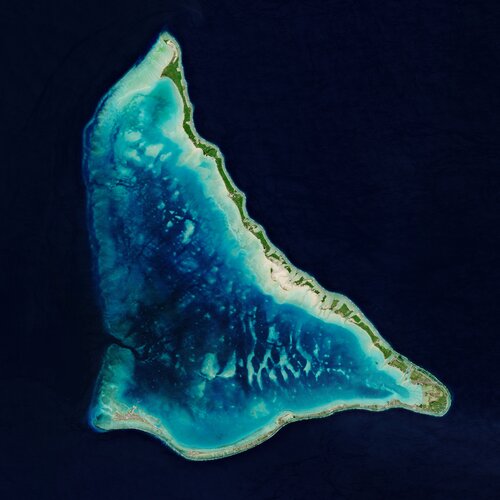
Sea-level rise is one of the most immediate consequences of climate change, as highlighted recently through urgent pleas from leaders of island nations at the COP26 summit. Global measures of sea-level rise are imperative to underpinning global policy and for strategies to protect coastlines and low-lying lands. Measuring tiny differences in the height of the sea surface from space is no easy task – but that’s exactly what the Copernicus Sentinel-6 Michael Freilich satellite is doing. And, after a year of exhaustive testing, this new mission is now delivering the world’s most accurate data on sea-level rise.
Earth from Space: Kainji Lake
26.11.2021 10:00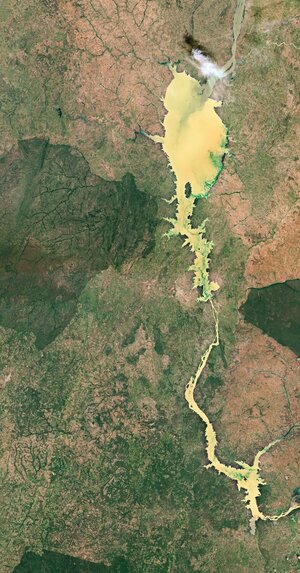
Kainji Lake, a reservoir on the Niger River in western Nigeria, is featured in this true-colour image captured by the Copernicus Sentinel-2 mission.
Using space to foster development assistance for disaster resilience
23.11.2021 12:00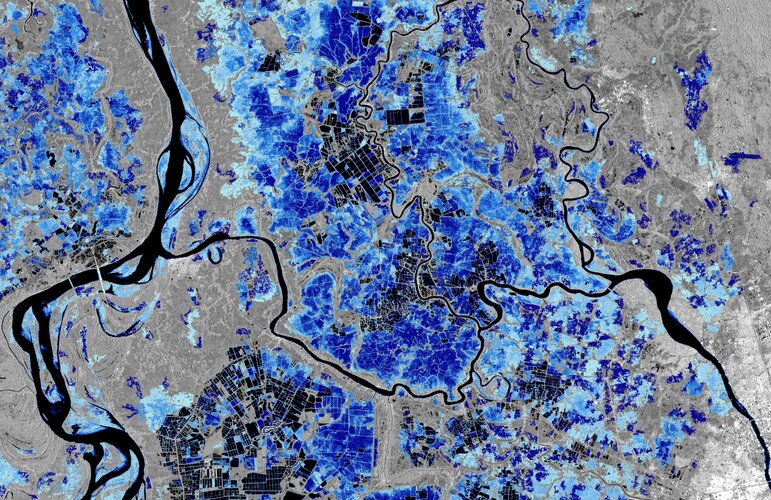
ESA’s Global Development Assistance Programme, brought to life by ESA Member States at Space19+, has officially kicked off its first action focused on agile Earth observation information development in the thematic sector of ‘Disaster Resilience’. This marks the first milestone in a programme that aims to foster impact through the systematic integration of Earth observation data in development projects.
Earth from Space: Kuala Lumpur, Malaysia
19.11.2021 10:00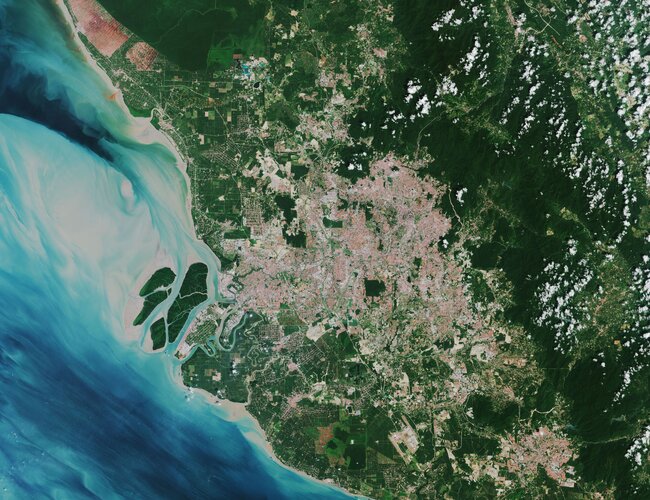
Kuala Lumpur, the capital city of Malaysia, is featured in this image captured by the Copernicus Sentinel-2 mission.
Washington state flooding
18.11.2021 14:50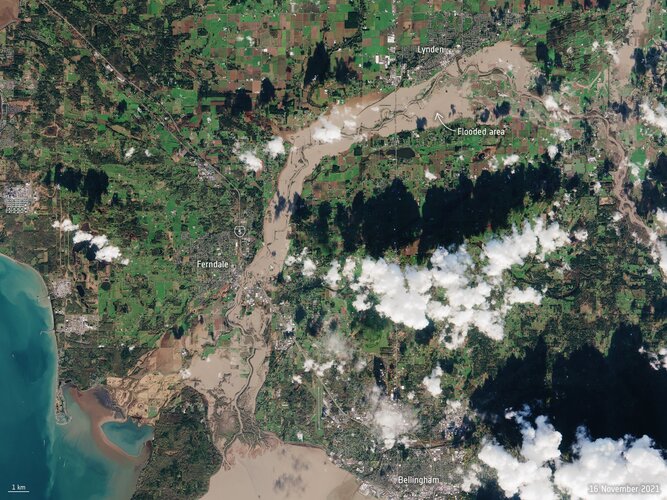 Image:
The US State of Washington is under a state of emergency following days of severe wind and rain leading to extensive flooding in parts of the state. Different satellites in orbit carry different instruments that can provide us with a wealth of complementary information to understand and to respond to flooding disasters.
Image:
The US State of Washington is under a state of emergency following days of severe wind and rain leading to extensive flooding in parts of the state. Different satellites in orbit carry different instruments that can provide us with a wealth of complementary information to understand and to respond to flooding disasters.
ESA’s Biomass on track to target forests
15.11.2021 15:20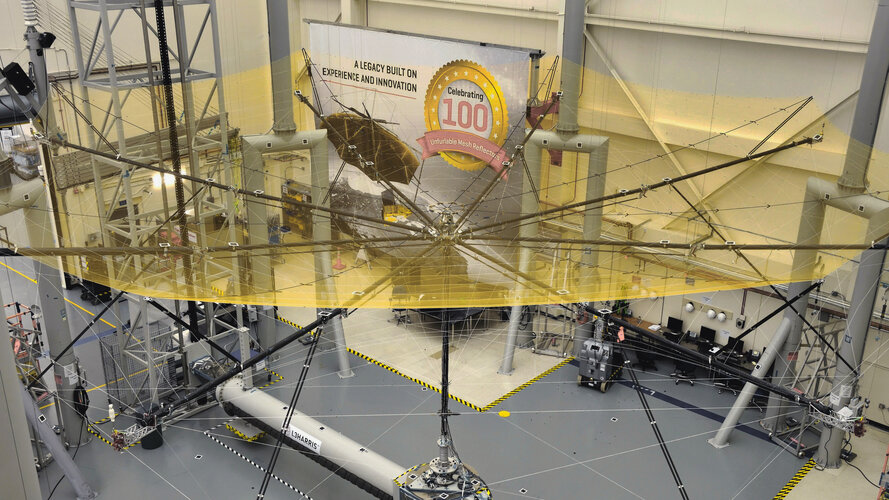
With more than 100 global leaders at COP26 having pledged to halt and reverse deforestation and land degradation by the end of the decade to help address the climate crisis, the health of the world’s forests is high on the political agenda. ESA’s Biomass mission will soon play a key role in delivering novel information about the of the state of our forests, how they are changing over time, and advance our knowledge of the carbon cycle. With launch scheduled for 2023, the mission is now in its last phases of development, having recently passed several key milestones.
ESA’s Biomass on track to target forests
15.11.2021 15:20
With more than 100 global leaders at COP26 having pledged to halt and reverse deforestation and land degradation by the end of the decade to help address the climate crisis, the health of the world’s forests is high on the political agenda. ESA’s Biomass mission will soon play a key role in delivering novel information about the state of our forests, how they are changing over time, and advance our knowledge of the carbon cycle. With launch scheduled for 2023, the mission is now in its last phases of development, having recently passed several key milestones.
ESA uses space to supercharge climate action
15.11.2021 12:43
ESA is primed to play a crucial role in the revitalised international drive to combat global warming set out at the COP26 climate talks.
Earth from Space: Cancún, Mexico
12.11.2021 10:00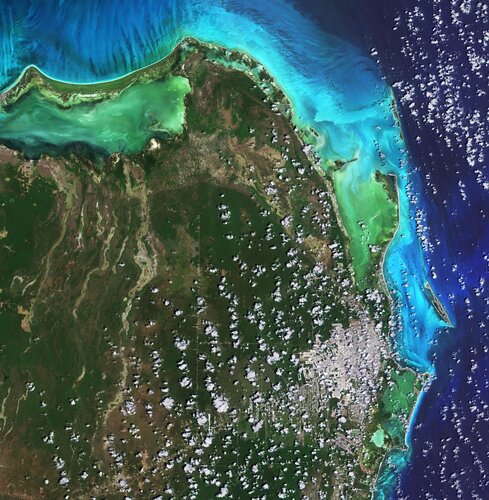
Cancún, situated in Quintana Roo on the northeast coast of Mexico’s Yucatán Peninsula, is featured in this image captured by the Copernicus Sentinel-2 mission.
Earth from Space: Cancún, Mexico
12.11.2021 10:00
Cancún, situated in Quintana Roo on the northeast coast of Mexico’s Yucatán Peninsula, is featured in this image captured by the Copernicus Sentinel-2 mission.
Mapping our human footprint from space
11.11.2021 14:05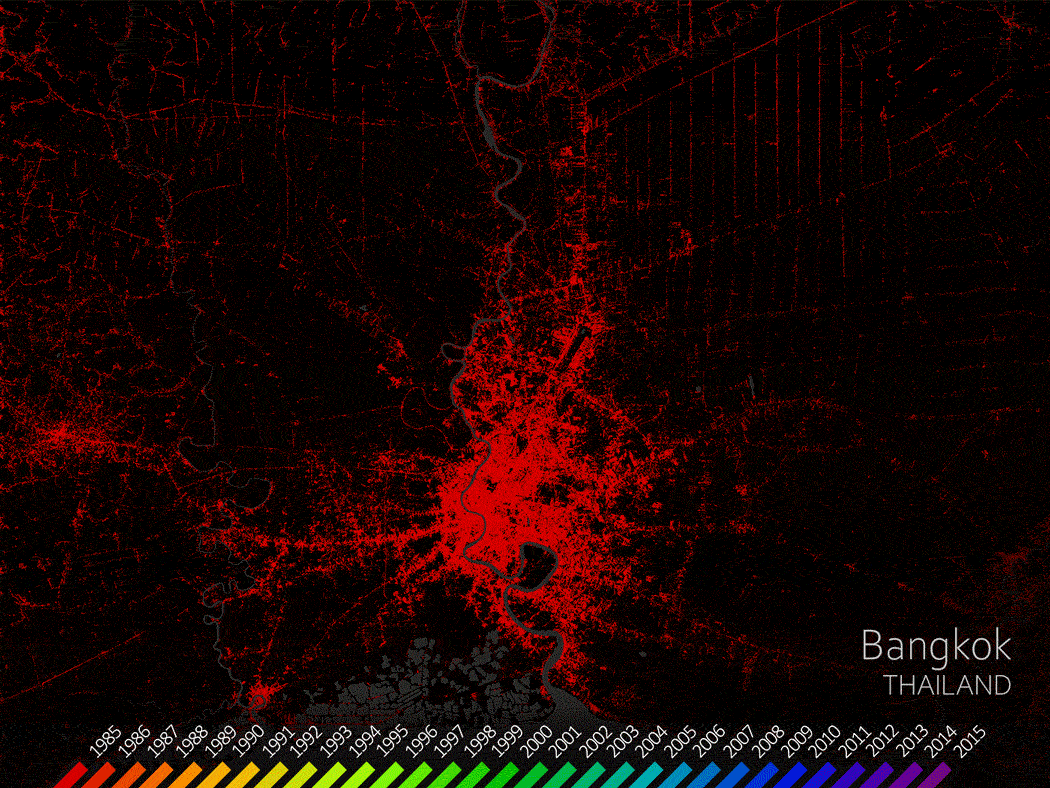
The world’s population is expected to reach 9.7 billion in 2050, according to the UN Department of Economics and Social Affairs. Urban areas are already home to 55% of the world’s population and that figure is expected to grow to 68% by 2050. Rapid and unplanned urbanisation, combined with the challenges brought by climate change, can lead to an increase in air pollution, higher vulnerability to disasters, as well as issues related to the management of resources such as water, raw materials and energy.
To improve the understanding of current trends in global urbanisation, ESA and the German Aerospace Center (DLR), in collaboration with the Google Earth Engine team, are jointly developing the World Settlement Footprint – the world’s most comprehensive dataset on human settlement.
Tuning in to Earth’s climate
11.11.2021 10:00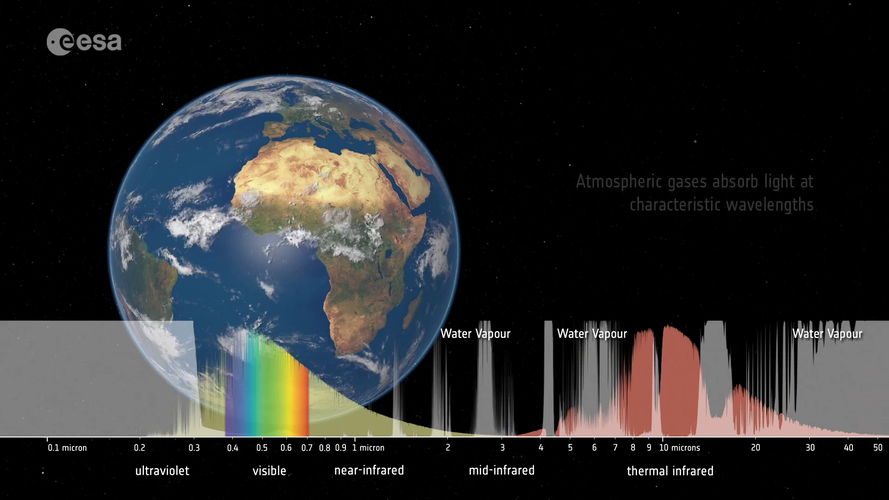 Video:
00:03:28
Video:
00:03:28
Satellites observe the Earth using a range of wavelengths on the electromagnetic spectrum. Different wavelengths allow us to probe different aspects of Earth’s land, atmosphere and ocean. By sampling the electromagnetic spectrum at multiple wavelengths, we can build a more complete picture of Earth’s complex climate system.
Carbon dioxide monitoring satellite given the shakes
10.11.2021 15:25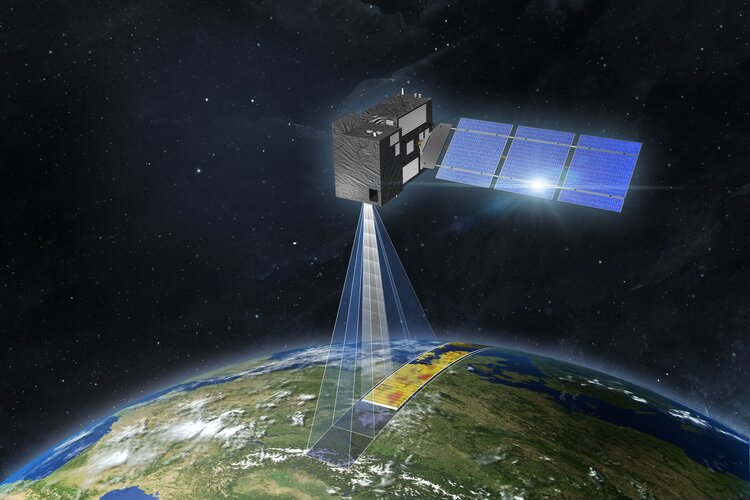
A new satellite destined to be Europe’s prime mission for monitoring and tracking carbon dioxide emissions from human activity is being put through its paces at ESA’s Test Centre in the Netherlands. With nations at COP26 pledging net-zero emissions by 2050, the pressure is on to reduce the amount of greenhouse gases we pump into the atmosphere – but the race is also on to support the monitoring that shows targets are being met. ESA, the European Commission, Eumetsat and industrial partners are therefore working extremely hard to get the Copernicus Anthropogenic Carbon Dioxide Monitoring mission ready for liftoff in 2025.
Satellites detect large methane emissions from Madrid landfills
10.11.2021 9:30
High-resolution satellites have detected substantial quantities of methane leaking from adjacent landfill sites close to the centre of Madrid, Spain. Using data from the Copernicus Sentinel-5P mission combined with GHGSat’s high-resolution commercial imagery, scientists from the SRON Netherlands Institute for Space Research and GHGSat discovered both landfill sites combined emitted 8800 kg of methane per hour in August 2021 – the highest observed in Europe by GHGSat.
Satellites pinpoint communities at risk of permafrost thaw
9.11.2021 9:30
Thawing permafrost in the Arctic is already unleashing methane and carbon dioxide to the atmosphere, exacerbating global temperature rise. As well adding to the climate crisis, this ground, which has been frozen for thousands of years, is becoming unstable and causing serious issues for local communities. For the first time, data from the Copernicus Sentinel-1 and Sentinel-2 missions along with artificial intelligence have been used to offer a complete overview of the Arctic to identify communities and infrastructure that will be at risk over the next 30 years.
Earth from Space: Shetland Islands
5.11.2021 10:00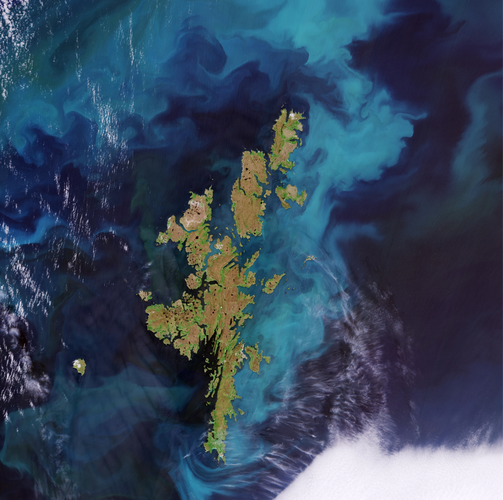
The Shetland Islands, an archipelago in the Northern Isles of Scotland, are featured in this Copernicus Sentinel-2 image.
Earth from Space: Shetland Islands
5.11.2021 10:00
The Shetland Islands, an archipelago in the Northern Isles of Scotland, are featured in this Copernicus Sentinel-2 image.
Melt
4.11.2021 15:00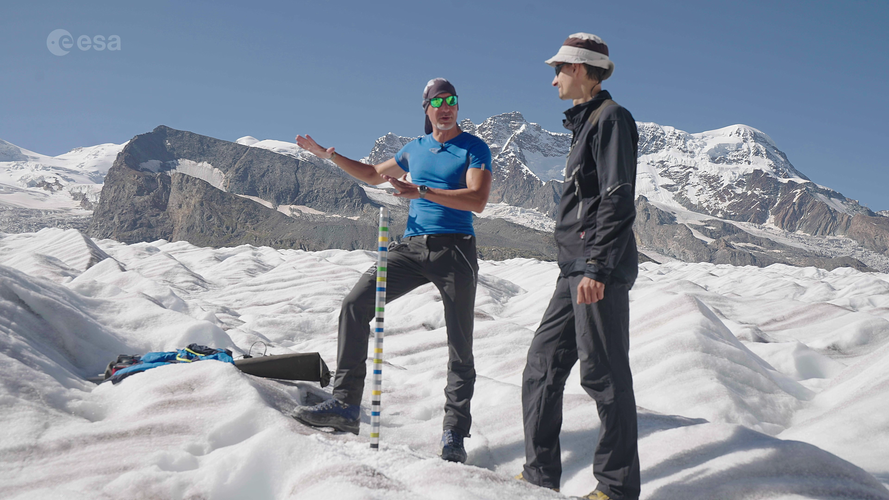 Video:
00:31:09
Video:
00:31:09
Glaciers across the globe have lost over nine trillion tonnes of ice in half a century. How will glaciers look over the coming decades? “It all depends on what humans are doing now in terms of greenhouse gas emissions:” this is the message one scientist delivered during an ESA-led expedition to the Gorner Glacier in Switzerland – one of the biggest ice masses in the Alps.
As world leaders gather for the 26th UN Climate Change Conference of Parties, watch the exclusive premiere of the documentary that follows ESA astronaut Luca Parmitano, along with a team of glaciologists and climate experts, on their journey across the Alps to learn how rising global temperatures are taking their toll on glaciers.
The documentary features breathtaking scenery of the Gorner Glacier as well as interviews with climate specialists as they explain how we can monitor glaciers using both satellite data and in situ measurements.
The documentary features interviews with:
Luca Parmitano, ESA astronaut
Simonetta Cheli, Head of Strategy, Programme & Coordination Office, Directorate of Earth Observation Programmes, ESA (as of 1 January 2022: ESA Director of Earth Observation Programmes)
Susanne Mecklenburg, Head of ESA’s Climate Office
Anna Maria Trofaier, Cryosphere scientist, ESA Climate Office
Frank Paul, Senior Researcher at the University of Zurich
Alessio Romeo, Geologist at La Venta – Esplorazioni Geografiche
Daniel Farinotti, Glaciologist at ETH Zurich
Explore ESA’s interactive Climate Change Kit
4.11.2021 10:10
Arguably, humankind has never been more aware of the jeopardy we and the planet face because of climate change. As world leaders at COP26 work to accelerate action towards reducing greenhouse gas emissions to keep the goal of 1.5°C temperature rise within reach, we bring you a new easy-to-use guide on what ESA is doing to understand and monitor climate change from space – data that are essential for policy-makers.
Explore ESA’s interactive Climate Change Kit
4.11.2021 10:10
Arguably, humankind has never been more aware of the jeopardy we and the planet face because of climate change. As world leaders at COP26 work to accelerate action towards reducing greenhouse gas emissions to keep the goal of 1.5°C temperature rise within reach, we bring you a new easy-to-use guide on what ESA is doing to understand and monitor climate change from space – data that are essential for policy-makers.
Explore ESA’s interactive Climate Change Kit
4.11.2021 10:10
Arguably, humankind has never been more aware of the jeopardy we and the planet face because of climate change. As world leaders at COP26 work to accelerate action towards reducing greenhouse gas emissions to keep the goal of 1.5°C temperature rise within reach, we bring you a new easy-to-use guide on what ESA is doing to understand and monitor climate change from space – data that are essential for policy-makers.
TRUTHS shapes up
3.11.2021 16:00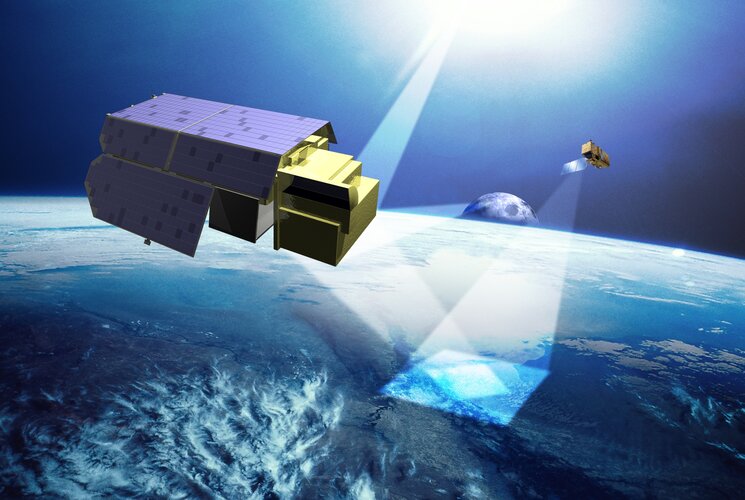
ESA’s new TRUTHS mission is taking shape. Highlighted today at COP26, this new mission is moving from its feasibility phase into its preliminary design phase. TRUTHS is set to provide measurements of incoming solar radiation and of radiation reflected from Earth back out into space as traceable International System of Units. These measurements will allow changes in Earth’s climate to be detected faster, and they will be used to calibrate data from other satellites. In effect, TRUTHS will be a ‘standards laboratory in space’, setting the ‘gold standard’ for climate measurements.
ESA and GHGSat support new International Methane Emissions Observatory
3.11.2021 12:32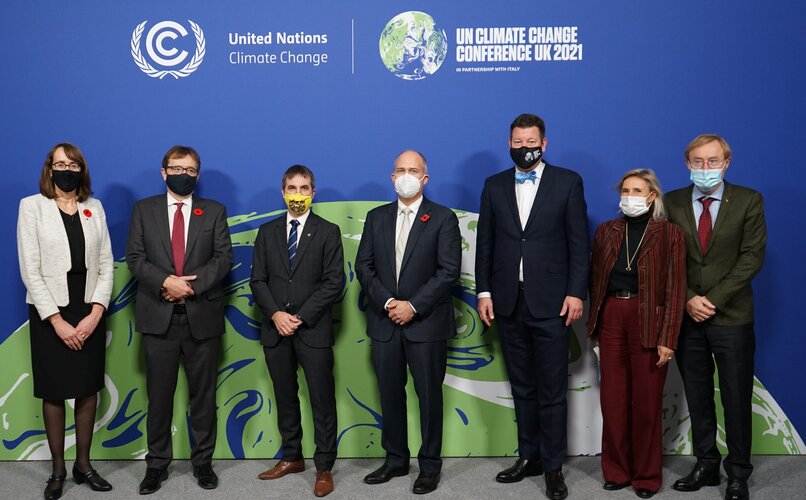
In the first 20 years of reaching the atmosphere, methane has more than 80 times the warming power of carbon dioxide. Reducing emissions of this extremely potent gas is, therefore, one of the fastest ways of slowing the rate of global warming, at least in the short term – and at COP26, more than 100 countries have just signed up to the Global Methane Pledge, which aims to limit emissions by 30% compared with 2020 levels.
With both public and commercial satellite data playing key roles in assessing progress on climate action, ESA and GHGSat are supporting the United Nations Environment Programme’s new International Methane Emissions Observatory, also announced at COP26.
Meltwater runoff from Greenland becoming more erratic
3.11.2021 10:16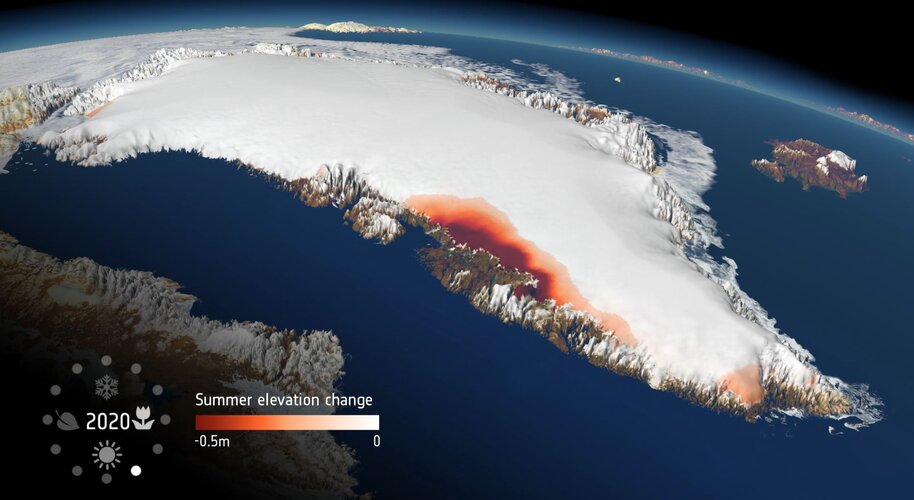
As world leaders and decision-makers join forces at COP26 to accelerate action towards the goals of the Paris Agreement, new research, again, highlights the value of satellite data in understanding and monitoring climate change. This particular new research, which is based on measurements from ESA’s CryoSat mission, shows that extreme ice melting events in Greenland have become more frequent and more intense over the past 40 years, raising sea levels and the risk of flooding worldwide.
Space for a Green Future
2.11.2021 15:06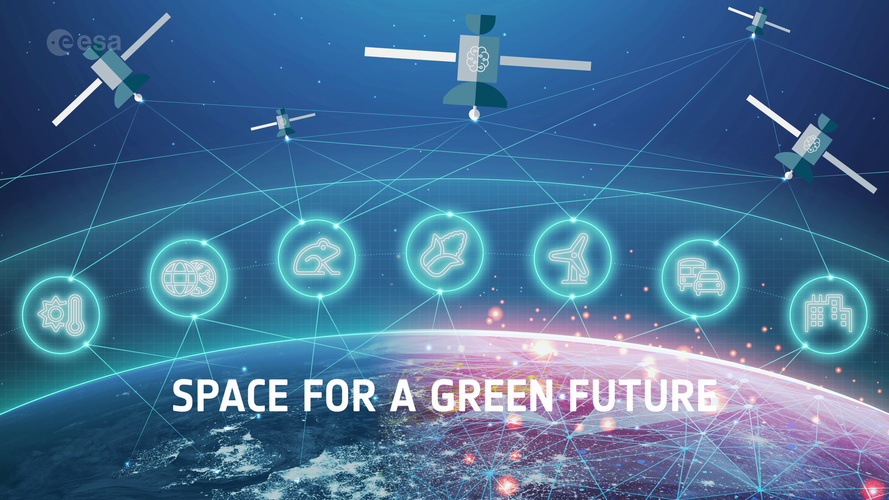 Video:
00:02:12
Video:
00:02:12
The climate crisis is the most urgent challenge faced by humankind – affecting every region, continent, and ocean on Earth. Space has an untapped potential to make a difference in tackling the threats and challenges faced by humanity. Satellites watch over Earth continuously, helping us to monitor, understand, model, predict and act on climate change and its related challenges.
As part of one of the three ‘Accelerators’ that will drive Europe’s increased use of space, the Space for a Green Future Accelerator will help Europe act to mitigate climate change. It will provide actionable information, helping form the baseline for effective European adaptation strategies to support the green transition, enabling the European Union to reach its goal of becoming carbon neutral by 2050, and supporting its Green Deal. Learn more about how ESA will bring Europe’s space ambitions to the next level by clicking here.
Change in the Arctic
2.11.2021 10:00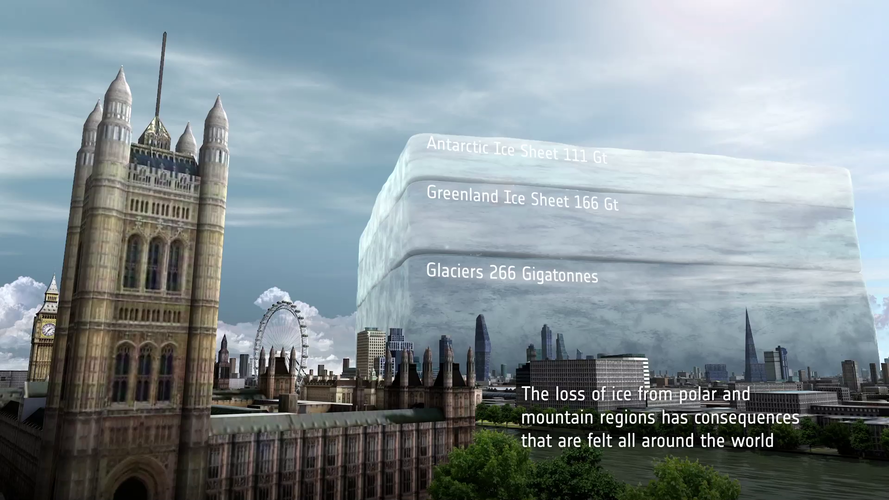 Video:
00:03:17
Video:
00:03:17
Satellites play a vital role in monitoring the rapid changes taking place in the Arctic. Tracking ice lost from the world’s glaciers, ice sheets and frozen land shows that Earth is losing ice at an accelerating rate. Currently more than a trillion tonnes of ice is lost each year. The sooner Earth’s temperature is stabilised, the more manageable the impacts of ice loss will be.
ESA accelerates space-based climate action at COP26
1.11.2021 9:00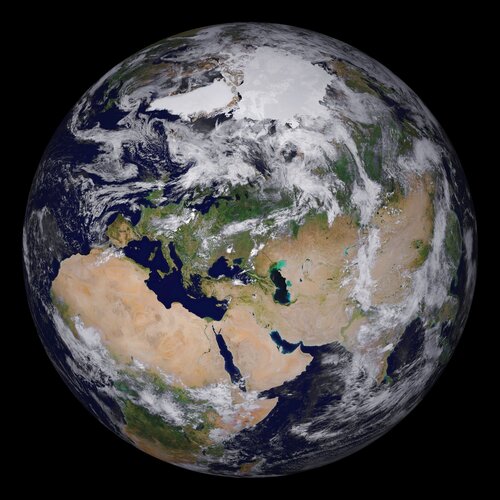
ESA is poised to showcase how satellite data underpins global efforts to avert climate catastrophe at pivotal international talks held in the UK.
Antarctic glacier named Glasgow to mark COP26
31.10.2021 14:30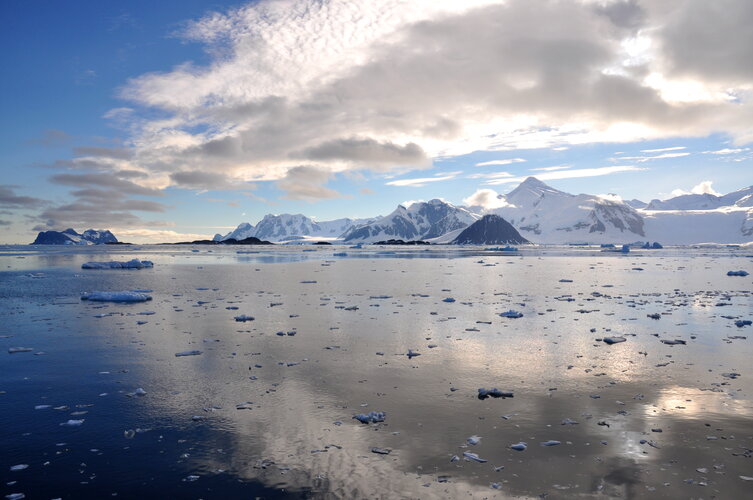
Nine fast-flowing glaciers in West Antarctica have been named after locations of important climate treaties, conferences and reports. One of the glaciers is now called Glasgow Glacier to mark the city hosting the COP26 climate change conference. All the glaciers are in the Getz region, which, using data from satellites, was found recently to have lost more than 300 gigatonnes of ice over the last 25 years.
Earth from Space: Glasgow
29.10.2021 10:00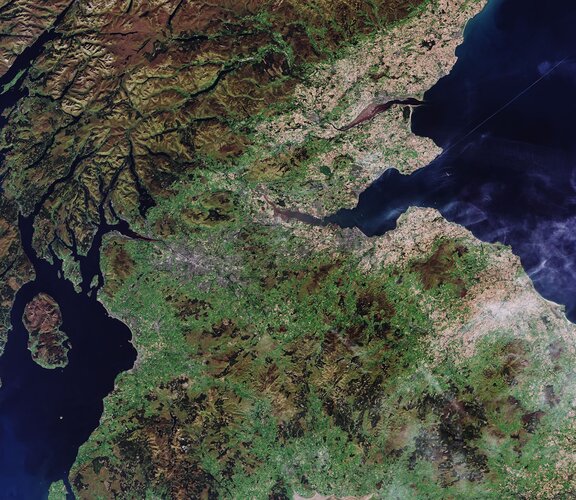
Glasgow, host of the 26th UN Climate Change Conference of Parties (COP26), is featured in this image captured by the Copernicus Sentinel-2 mission.
ESA and NASA launch revolutionary open-source platform
29.10.2021 9:00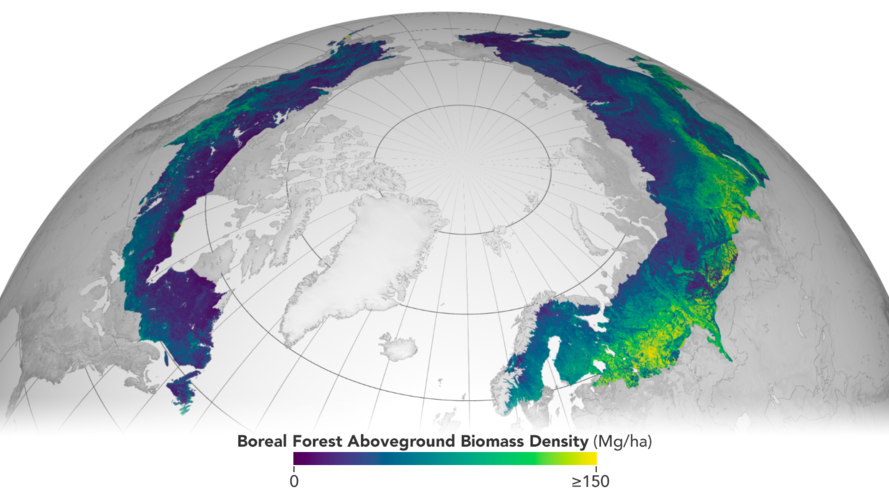
Today, ESA and NASA have publicly released the first globally-harmonised assessment of above ground biomass – information that is vital for managing global climate change. The Multi-Mission Algorithm and Analysis Platform (MAAP) provides seamless access to above ground biomass information from both NASA and ESA Earth observation data. The revolutionary open-science tool is now fully operational and accessible online.
Permafrost thaw could release bacteria and viruses
22.10.2021 13:47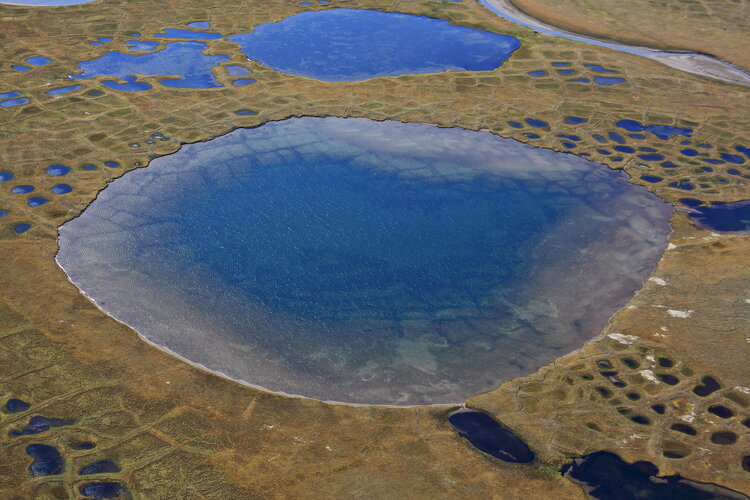
When considering the implications of thawing permafrost, our initial worries are likely to turn to the major issue of methane being released into the atmosphere and exacerbating global warming or issues for local communities as the ground and infrastructure become unstable. While this is bad enough, new research reveals that the potential effects of permafrost thaw could also pose serious health threats.
As part of the ESA–NASA Arctic Methane and Permafrost Challenge, new research has revealed that rapidly thawing permafrost in the Arctic has the potential to release antibiotic-resistant bacteria, undiscovered viruses and even radioactive waste from Cold War nuclear reactors and submarines.
Permafrost thaw could release bacteria and viruses
22.10.2021 13:47
When considering the implications of thawing permafrost, our initial worries are likely to turn to the major issue of methane being released into the atmosphere and exacerbating global warming or issues for local communities as the ground and infrastructure become unstable. While this is bad enough, new research reveals that the potential effects of permafrost thaw could also pose serious health threats.
As part of the ESA–NASA Arctic Methane and Permafrost Challenge, new research has revealed that rapidly thawing permafrost in the Arctic has the potential to release antibiotic-resistant bacteria, undiscovered viruses and even radioactive waste from Cold War nuclear reactors and submarines.
Earth from Space: Perth, Australia
22.10.2021 10:00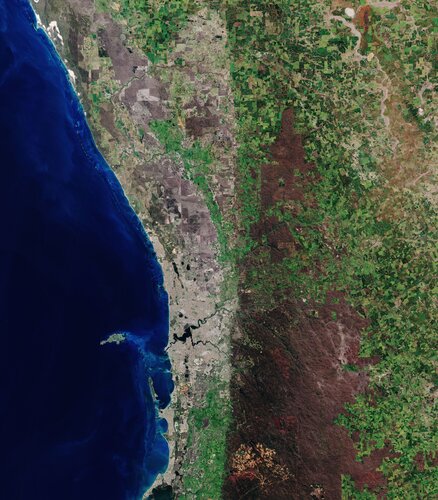
Perth, Western Australia’s capital and largest city, is featured in this true-colour image captured by the Copernicus Sentinel-2 mission.
ESA moves forward with Destination Earth
21.10.2021 15:45
Earth observation provides a wealth of information to benefit our daily lives. As the demand for satellite data grows to address the challenges of climate change and a growing population, ESA, under the leadership of the European Commission, along with its key European partners, are developing digital replicas of Earth to monitor and simulate both natural and human activity, to enable more sustainable development and support European environmental policies.
Today, at the ESA Council, Member States approved a ‘Contribution Agreement', which paves the way for cooperation with the European Commission on the Destination Earth programme – in the context of the Digital Agenda of the European Union.
ESA moves forward with Destination Earth
21.10.2021 15:45
Earth observation provides a wealth of information to benefit our daily lives. As the demand for satellite data grows to address the challenges of climate change and a growing population, ESA, under the leadership of the European Commission, along with its key European partners, are developing high precision digital models of Earth to monitor and simulate both natural and human activity, to enable more sustainable development and support European environmental policies.
Today, at the ESA Council, Member States approved a ‘Contribution Agreement', which paves the way for cooperation with the European Commission on the Destination Earth initiative, in the context of the Digital Agenda of the European Union.
Three new Directors join the European Space Agency’s Executive Board
21.10.2021 10:50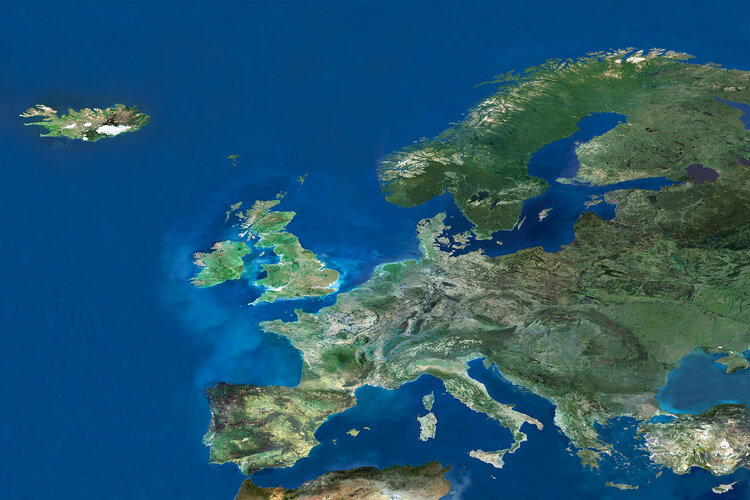
As of today, ESA has appointed three new Directors - for Commercialisation, Industry and Procurement, Earth Observation Programmes and Navigation. The new Directors were appointed by ESA Council at its meeting on 21 October; they will support the Director General with responsibility for activities and overall objectives in their respective directorates.
Living Planet Symposium 2022: time for abstracts
21.10.2021 9:05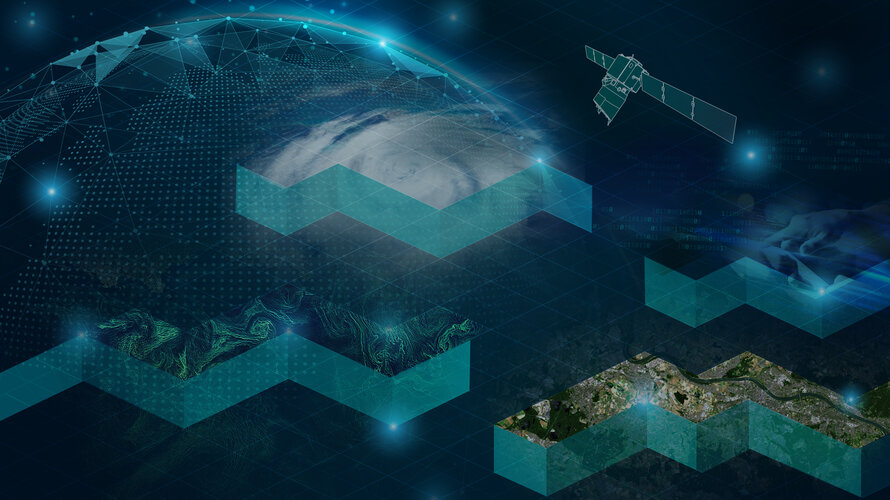
ESA’s next Living Planet Symposium is set to take place on 23–27 May 2022 in Bonn, Germany. In gearing up for this prestigious event, it’s now time to submit abstracts to ensure a much sought-after slot to present topics such as the latest scientific findings on our planet, novel Earth observing technologies and new opportunities emerging in the rapidly changing sector of Earth observation.
Humans to blame for warming lakes
19.10.2021 16:20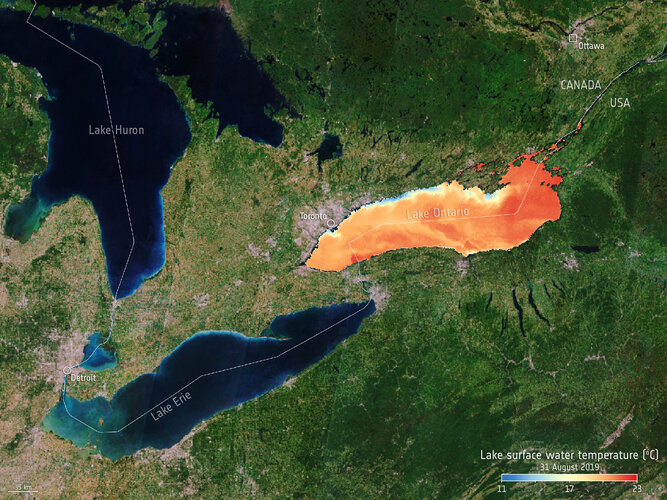
While the climate crisis is, unfortunately, a reality, it is all too easy to assume that every aspect of our changing world is a consequence of climate change. Assumptions play no role in key environmental assessments and mitigation strategies such as we will see in the upcoming UN climate change COP-26 conference – it’s the science and hard facts that are critical. New research published this week is a prime example of facts that matter. Using model projections combined with satellite data from ESA’s Climate Change Initiative, this latest research shows that the global rise in the temperature of lake water and dwindling lake-ice cover can only be explained by the increase in greenhouse gas emissions since the industrial revolution – in other words, humans are clearly to blame.
Earth from Space: New Delhi
15.10.2021 10:00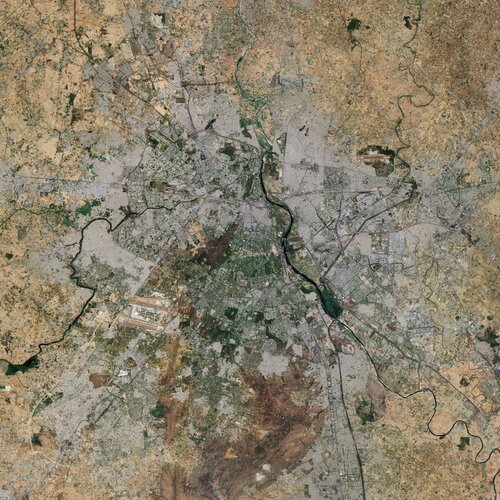
New Delhi, the capital and second-largest city of India, is featured in this image captured by the Copernicus Sentinel-2 mission.
Earth from Space: New Delhi
15.10.2021 10:00
New Delhi, the capital and second-largest city of India, is featured in this image captured by the Copernicus Sentinel-2 mission.
Working towards a Digital Twin of Earth
14.10.2021 10:45
How can a digital replica of Earth help us understand our planet’s past, present and future? As part of the fourth edition of Φ-week taking place this week, a group of European scientists have put forward their ideas on the practical implementation of Digital Twins and the potential application areas for a Digital Twin Earth in the real world.
Putting the Earth observation into ‘the market perspective’
13.10.2021 10:20
With a boom in the global market for Earth observation information and data products, participants at this year’s Φ-week conference have been digging deep into the ‘market perspective’. This important topic includes how to gain a better understanding of what governments, industry, the public and other users of Earth observation products and services need and expect to create value for society and the economy.
Putting Earth observation into ‘the market perspective’
13.10.2021 10:20
With a boom in the global market for Earth observation information and data products, participants at this year’s Φ-week conference have been digging deep into the ‘market perspective’. This important topic includes how to gain a better understanding of what governments, industry, the public and other users of Earth observation products and services need and expect to create value for society and the economy.
Watch live: Φ-week ‘Blending New Space Technologies’
12.10.2021 15:00
Watch live: Φ-week ‘Blending New Space Technologies’
ICEYE commercial satellites join the EU Copernicus programme
12.10.2021 13:10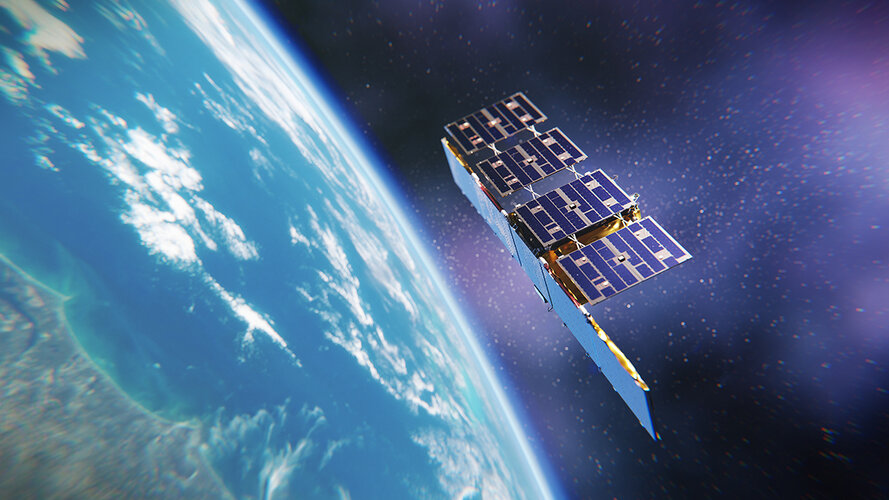
ESA signed a contract that brings the ICEYE constellation of small satellites into the fleet of missions contributing to Europe’s Copernicus environmental monitoring programme. As a commercial provider of satellite radar imagery, ICEYE is a perfect example of European New Space being implemented within Copernicus.
Contract secures build for HydroGNSS Scout mission
11.10.2021 17:50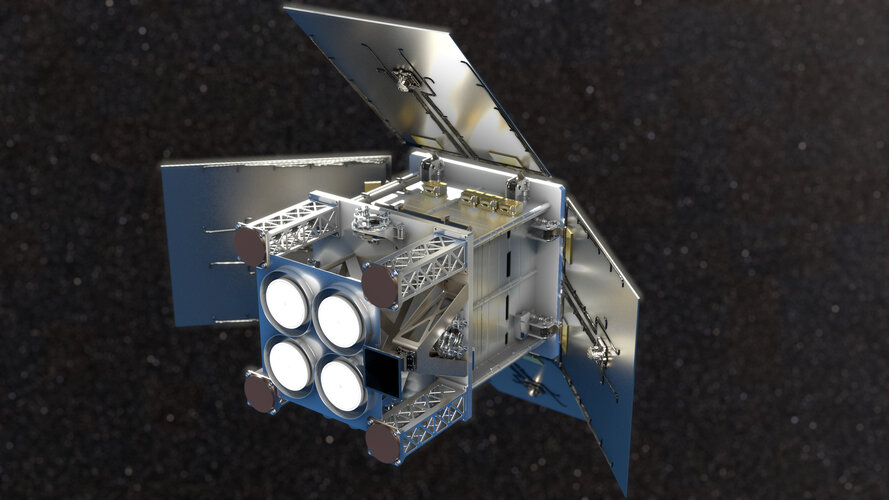
Today, as Φ-week gets underway, ESA has signed a contract with Surrey Satellite Technology Ltd to build the HydroGNSS Scout mission. Embracing the concept of New Space, HydroGNSS is a micro satellite that will use a technique called Global Navigation Satellite System (GNSS) reflectometry to measure climate variables such as soil moisture, freeze–thaw state over permafrost and inundation.
La Palma volcano: How satellites help us monitor eruptions
11.10.2021 15:30
Since the Cumbre Vieja volcano began erupting on 19 September 2021, lava has burned through homes, roads and farmlands causing mass destruction on the west part of the Canary Island of La Palma. Satellite imagery has helped authorities monitor and manage the ongoing crisis. From capturing images of the rivers of lava, to measuring gas emissions and assessing damage, the fleet of Copernicus Sentinel satellites have been providing crucial data for local teams.
Spotlight on climate and the New Space economy
11.10.2021 14:25
Kicking off with a bold flourish, Φ-week 2021 promises to bring space even closer to the forefront of addressing society’s biggest challenges, namely issues associated with the climate crisis, while boosting the economy through transformative New Space, artificial intelligence, and quantum and cognitive computing.
Earth from Space: Budapest, Hungary
8.10.2021 10:00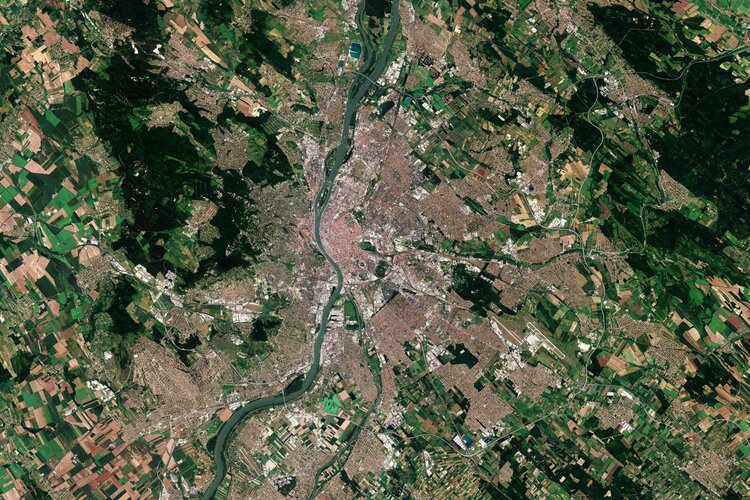
Budapest, the capital and most populous city in Hungary, is visible in this image captured by the Copernicus Sentinel-2 mission.
Father of ERS wins Nobel prize in physics
7.10.2021 16:30
The Royal Swedish Academy of Sciences has awarded a share of this year’s Nobel Prize in Physics to Klaus Hasselmann in acknowledgment of his contribution to ‘the physical modelling of Earth’s climate, quantifying variability and reliably predicting global warming’. Among Prof. Hasselmann’s long list of outstanding achievements, ESA also recognises him as one of the ‘fathers’ of ESA’s first Earth observation mission, ERS-1, which has been key to understanding our changing planet and which paved the way to modern techniques in observing Earth from space.
Watch live: ESA Φ-week
7.10.2021 16:00
Focusing on the New Space economy and innovations in Earth observation, ESA’s fourth Φ-week kicks off on Monday 11 October. Join us live for two of the main sessions: the Opening session on Monday at 10:30 CEST and the Blending New Space Technologies and Services session on Tuesday at 16:00 CEST.
First Copernicus satellite exceeds design working life
4.10.2021 16:20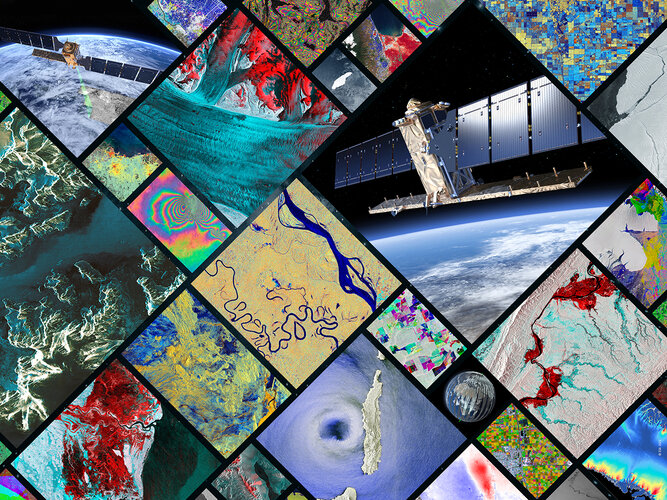
This week marks seven years since the very first satellite that ESA built for the European Union’s Copernicus programme started delivering data to monitor the environment. The Sentinel-1A satellite has shed new light on our changing world and has been key to supplying a wealth of radar imagery to aid disaster response. While this remarkable satellite may have been designed for an operational life of seven years, it is still going strong and fully expected to be in service for several years to come.
La Palma lava flows into the sea
1.10.2021 14:40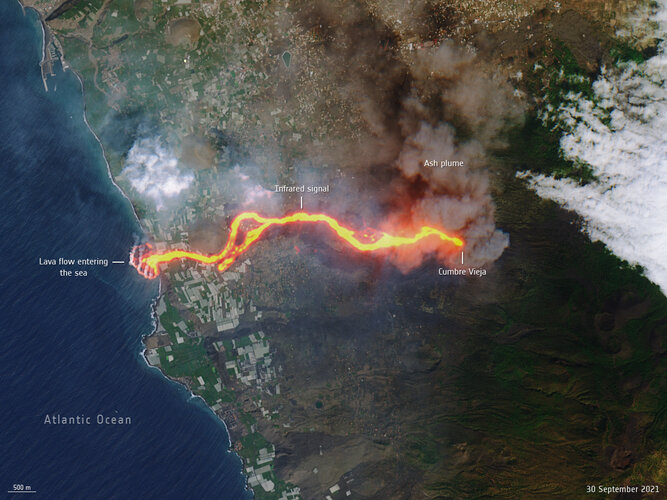 Image:
This image, captured by Copernicus Sentinel-2 on 30 September, shows the flow of lava from the volcano erupting on the Spanish island of La Palma.
Image:
This image, captured by Copernicus Sentinel-2 on 30 September, shows the flow of lava from the volcano erupting on the Spanish island of La Palma.
Earth from Space: Mackenzie River, Canada
1.10.2021 10:00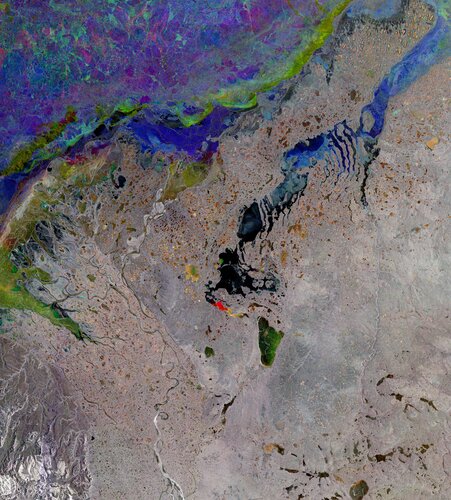
The Copernicus Sentinel-1 mission takes us over the Mackenzie River, a major river system in the Canadian boreal forest. Its basin is the largest in Canada and is the second largest drainage basin of any North American river, after the Mississippi.
Space for climate: raising awareness ahead of COP26
1.10.2021 8:40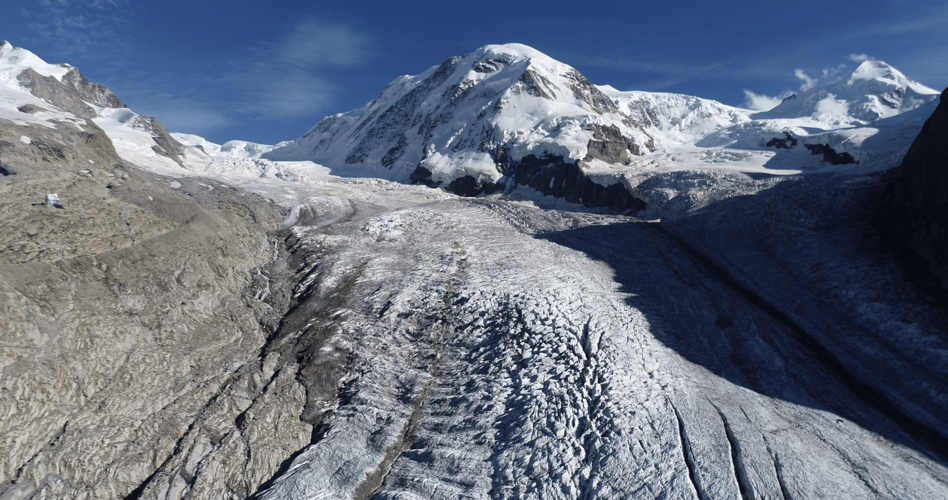
Ahead of the 26th UN Climate Change Conference of Parties (COP26), climate and energy ministers are coming together this week in Milan, Italy, to discuss the key political topics to be addressed at the upcoming global summit – taking place in early November in Glasgow.
ESA will be present at both the Pre-COP and COP26, highlighting the vital importance of observing our changing world from space and showing how satellite data play a critical role in underpinning climate policy.
Carbon dioxide released from Australian bushfires triggers algal blooms
30.9.2021 10:05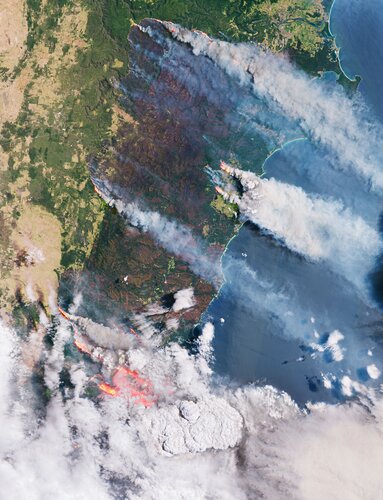
Australia’s deadly bushfires in the 2019-2020 season generated 700 million tonnes of carbon dioxide in the atmosphere – triggering vast algal blooms in the Southern Ocean. Using satellite data, two new studies published in Nature prove how satellites can illuminate the complicated ways in which Earth is responding to climate change in an era of worsening wildfires.
Aerosols released from Australian bushfires triggers algal blooms
30.9.2021 10:05
Australia’s deadly bushfires in the 2019-2020 season generated 700 million tonnes of carbon dioxide in the atmosphere – triggering vast algal blooms in the Southern Ocean. Using satellite data, two new studies published in Nature prove how satellites can illuminate the complicated ways in which Earth is responding to climate change in an era of worsening wildfires.
Space for our Planet: Space Solutions for a Sustainable World
28.9.2021 12:00
At ESA, we believe that we have a responsibility to use our space technologies, applications and services to benefit planet Earth and humankind. Some examples of how we do this are now on display in Paris and Brussels at a new exhibition called Space for our Planet: Space Solutions for a Sustainable World.
Going hyperspectral for CHIME
27.9.2021 9:15
With Covid restrictions a little more relaxed, scientists from Europe and the USA were finally able to team up for a long-awaited field experiment to ensure that a new Copernicus satellite called CHIME will deliver the best possible data products as soon as it is operational in orbit. This new mission is being developed to support EU policies on the management of natural resources, ultimately helping to address the global issue of food security.
Wildfire Map wins top prize at App Camp
24.9.2021 14:30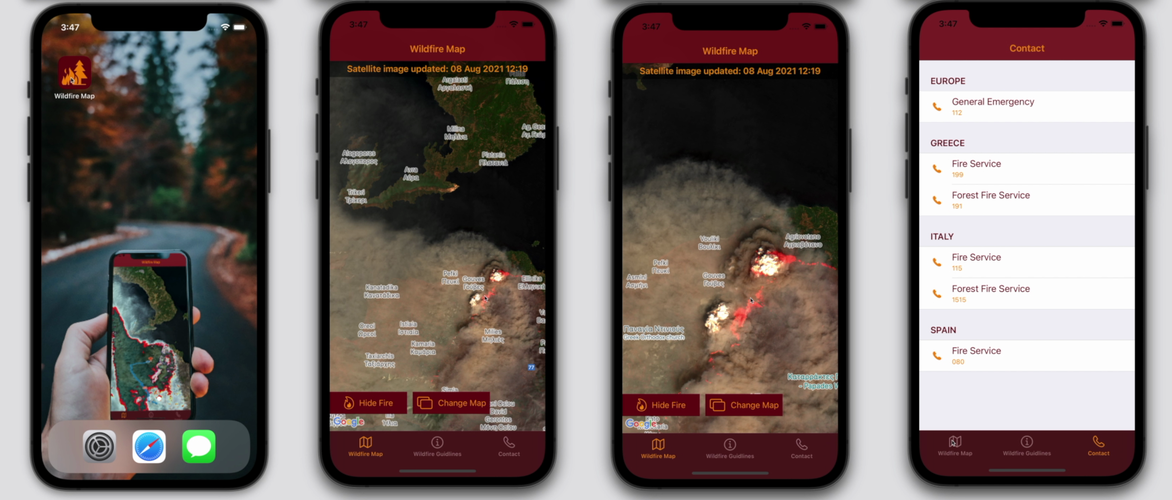
An app that uses satellite data to show the location and impact of wildfires took home the top prize at this year’s Space App Camp.
Earth from Space: Calabria, Italy
24.9.2021 10:00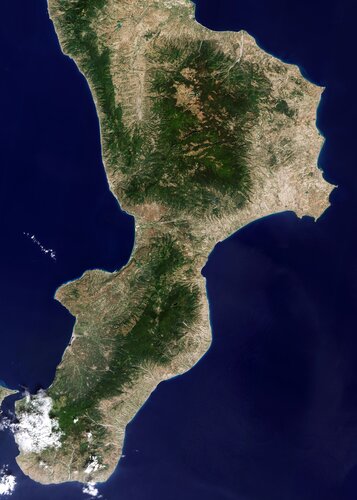
Calabria, often referred to as the ‘boot’ of Italy, is featured in this image captured by the Copernicus Sentinel-2 mission.
Joining forces for Aeolus
20.9.2021 9:00
For a team of scientists and technicians from Europe and the US, the fact of ‘going back to the office’ this September has meant heading off to the Cabo Verde islands in the Atlantic – not to extend their summer holidays, but for a complex international experiment campaign that will scrutinise the data being delivered by one of today’s most innovative Earth observation satellites: ESA’s Aeolus wind mission.
Earth from Space: Maharloo Lake
17.9.2021 10:00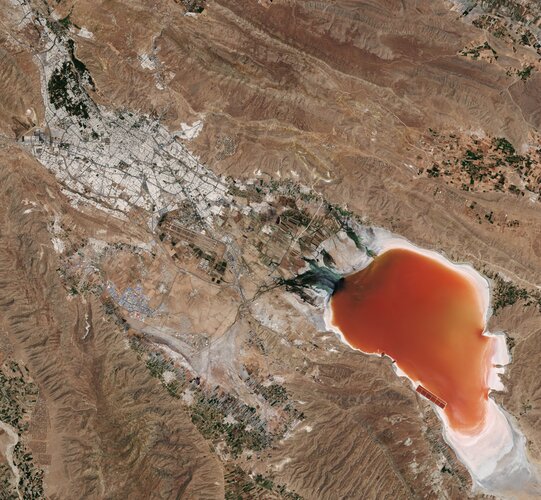
Maharloo Lake, a seasonal salt lake in Iran, is featured in this image captured by the Copernicus Sentinel-2 mission.
What’s going on with the ozone?
16.9.2021 13:10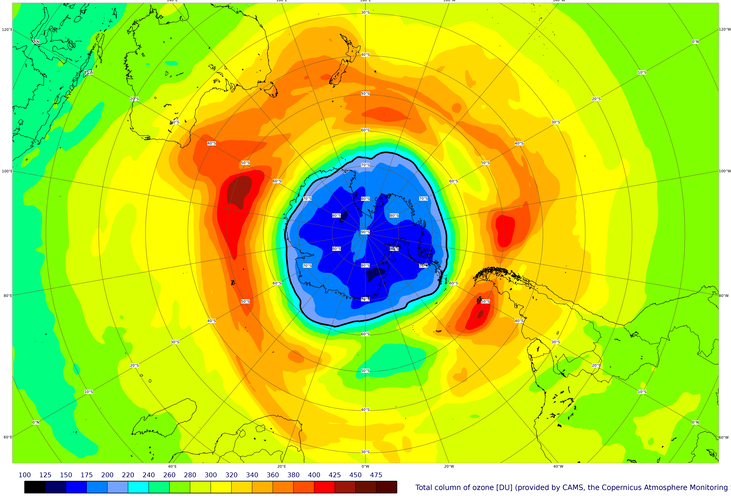
World governments agreed in the late 1980s to protect Earth’s ozone layer by phasing out ozone-depleting substances emitted by human activities, under the Montreal Protocol. The phase out of these substances has not only helped protect the ozone layer for future generations but has also protected human health and ecosystems by limiting the harmful ultraviolet radiation from reaching Earth. On 16 September, the International Day for the Preservation of the Ozone Layer, we take a closer look at this year’s ozone hole.
What’s going on with the ozone?
16.9.2021 13:10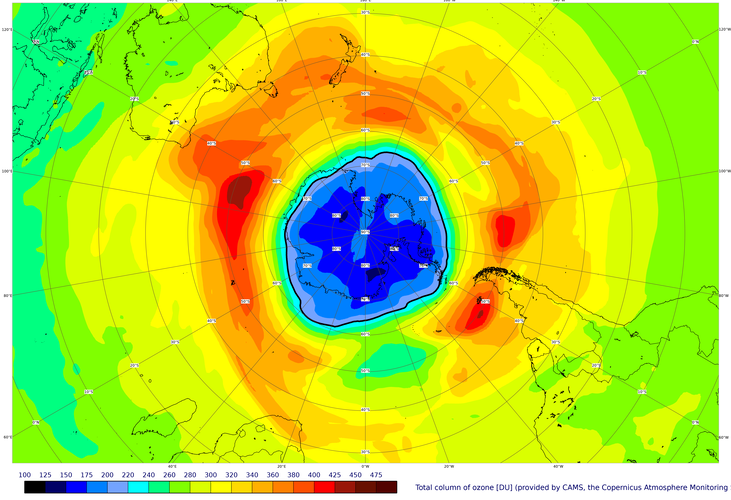
World governments agreed in the late 1980s to protect Earth’s ozone layer by phasing out ozone-depleting substances emitted by human activities, under the Montreal Protocol. The phase out of these substances has not only helped protect the ozone layer for future generations but has also protected human health and ecosystems by limiting the harmful ultraviolet radiation from reaching Earth. On 16 September, the International Day for the Preservation of the Ozone Layer, we take a closer look at this year’s ozone hole.
California continues to burn
15.9.2021 18:00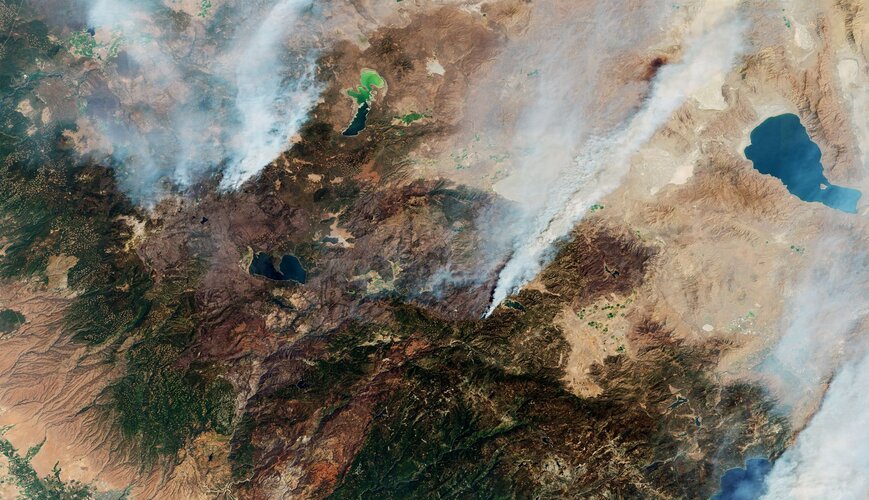
While wildfires are a natural part of California’s landscape, a severe drought, coupled with extreme temperatures, have sustained several major fires for much of August. As of 14 September, more than 7000 wildfires have been recorded, burning over 900 000 hectares across the state.
California continues to burn
15.9.2021 18:00
While wildfires are a natural part of California’s landscape, a severe drought, coupled with extreme temperatures, have sustained several major fires for much of August. As of 14 September, more than 7000 wildfires have been recorded, burning over 900 000 hectares across the state.
California continues to burn
15.9.2021 18:00
While wildfires are a natural part of California’s landscape, a severe drought, coupled with extreme temperatures, have sustained several major fires for much of August. As of 14 September, more than 7000 wildfires have been recorded, burning over 900 000 hectares across the state.
Announcing Earth observation hackathon winners
14.9.2021 10:00
In June 2021, more than 4300 participants from 132 countries and territories came together to solve challenges related to the COVID-19 pandemic. ESA, NASA and the Japan Aerospace Exploration Agency (JAXA) are pleased to announce CleverChart and TRACER as the winners of the Open Science Award.
Earth from Space: Danube Delta
10.9.2021 10:00
The Copernicus Sentinel-2 mission takes us over the Danube Delta – the second largest river delta in Europe.
Earth from Space: Danube Delta
10.9.2021 10:00
The Copernicus Sentinel-2 mission takes us over the Danube Delta – the second largest river delta in Europe.
Meteosat Third Generation takes major step towards its first launch
2.9.2021 9:30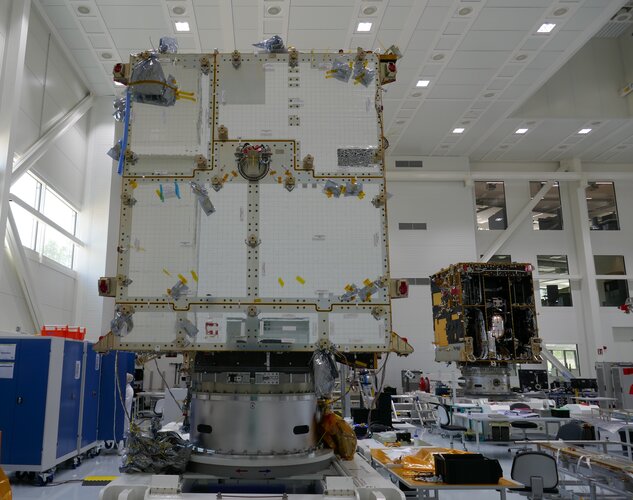
After many technical and programmatic challenges, the first satellite of the next generation of the Meteosat family has taken a major step towards its first flight, currently scheduled for launch in autumn 2022.
Satellite data provide valuable support for IPCC climate report
31.8.2021 11:25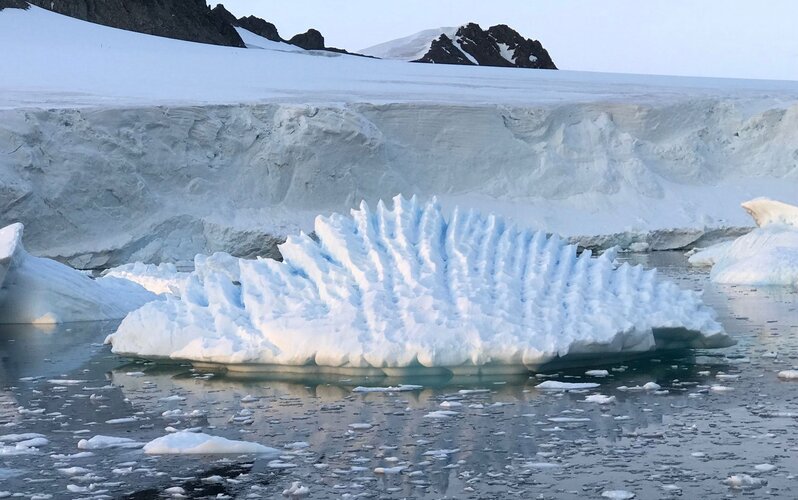
Earlier this month, the Intergovernmental Panel on Climate Change (IPCC) published its latest assessment report laying out the accumulating evidence of the climate crisis. The report identifies Earth observing satellites as a critical tool to monitor the causes and effects of climate change and directly acknowledges the contribution of ESA’s Climate Change Initiative – a research programme that draws on observations from multiple satellite missions.
ESA astronaut joins glacier expedition in Alps
23.8.2021 15:30
From space, the synchronous retreat of the world’s glaciers can be clearly observed. To get a first-hand view of these changes, ESA astronaut Luca Parmitano, along with Susanne Mecklenburg, Head of ESA’s Climate Office, have joined a science expedition taking place at one of the biggest ice masses in the Alps: the Gorner Glacier.
A-74 iceberg near collision with Brunt Ice Shelf
20.8.2021 12:15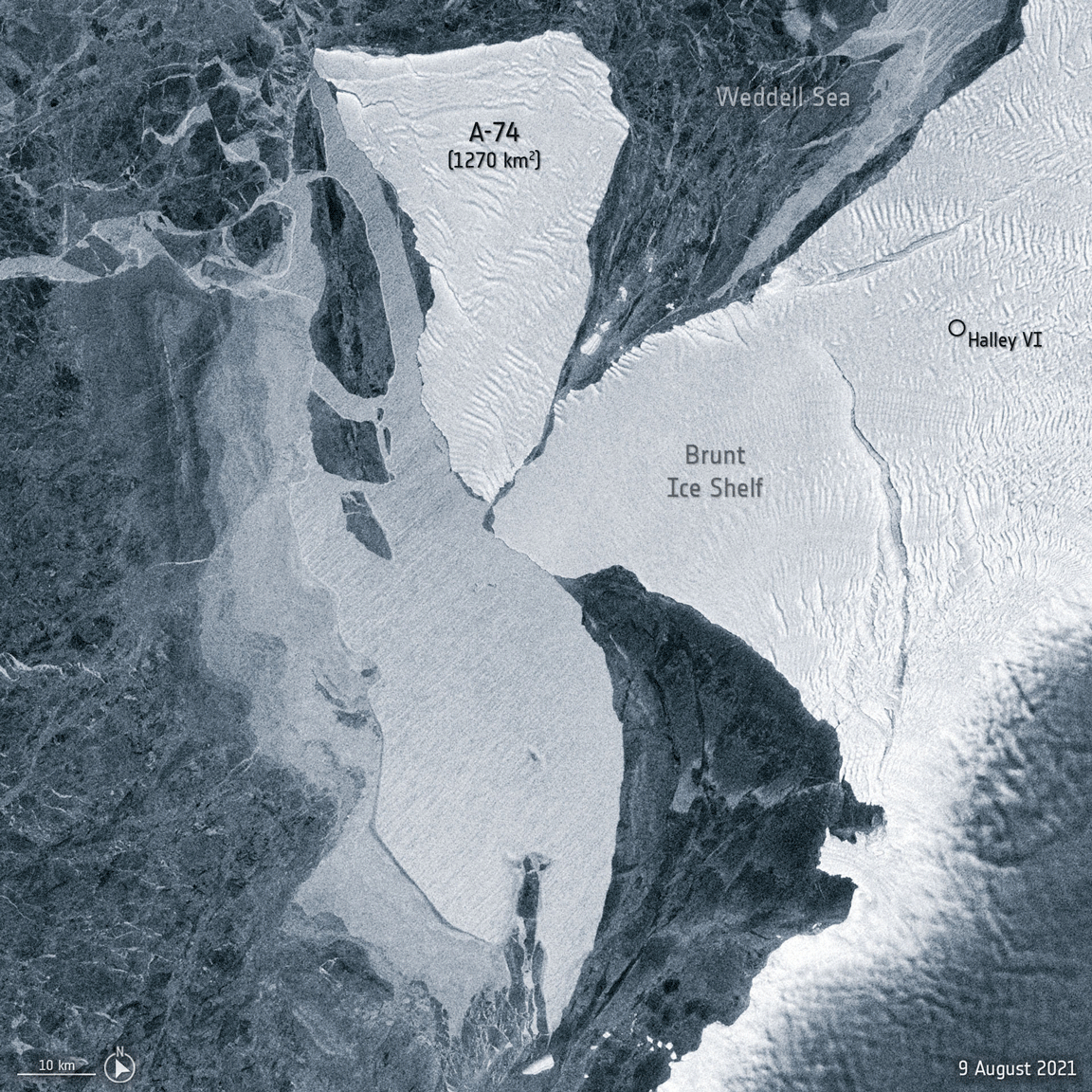 Image:
New radar images show the A-74 iceberg spinning around the western tip of the Brunt Ice Shelf, brushing slightly against it before continuing southwards.
Image:
New radar images show the A-74 iceberg spinning around the western tip of the Brunt Ice Shelf, brushing slightly against it before continuing southwards.
Wildfires ravage Greek island of Evia
12.8.2021 15:15 Image:
Parts of the Mediterranean and central Europe have experienced extreme temperatures this summer, with wildfires causing devastation on the Greek island of Evia. This Copernicus Sentinel-2 image shows the extent of the burned area in the northern part of the island.
Image:
Parts of the Mediterranean and central Europe have experienced extreme temperatures this summer, with wildfires causing devastation on the Greek island of Evia. This Copernicus Sentinel-2 image shows the extent of the burned area in the northern part of the island.
Living Planet Symposium 2022: Call for proposals
10.8.2021 9:40
ESA is now accepting proposals for sessions at the next Living Planet Symposium – set to take place on 23–27 May 2022 at the World Conference Center in Bonn, Germany.
Gearing up for third Sentinel-2 satellite
9.8.2021 8:40
With the first Copernicus Sentinel-2 satellite in orbit since 2015 and the second since 2017, engineers are busy preparing the mission’s follow-on pair to eventually pick up the baton to supply images for a myriad of applications from food security to monitoring the decline of Earth’s ice. Slated for launch at the beginning of 2024, Sentinel-2C has just started a punishing five-month testing programme to ensure that it is fit for its life in space.










